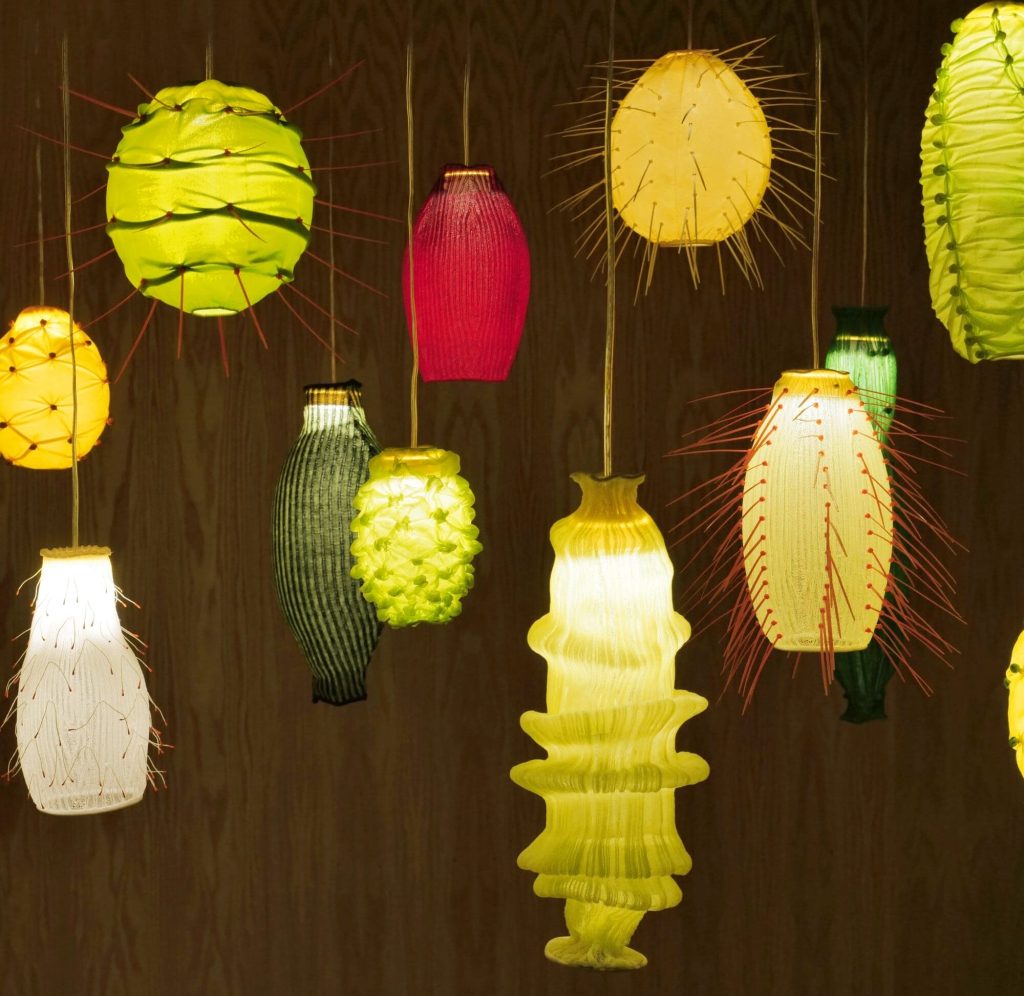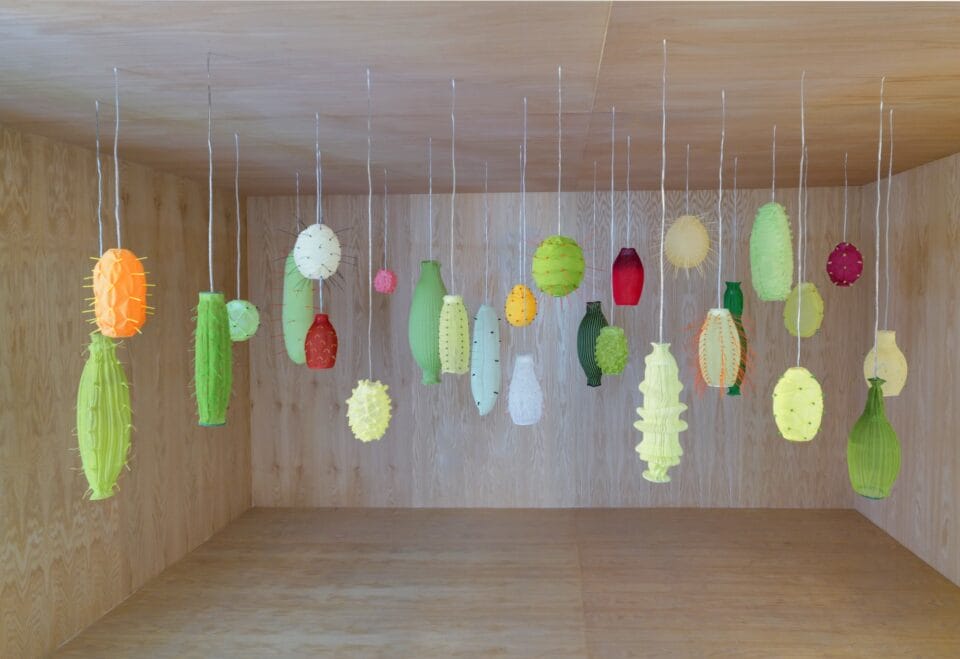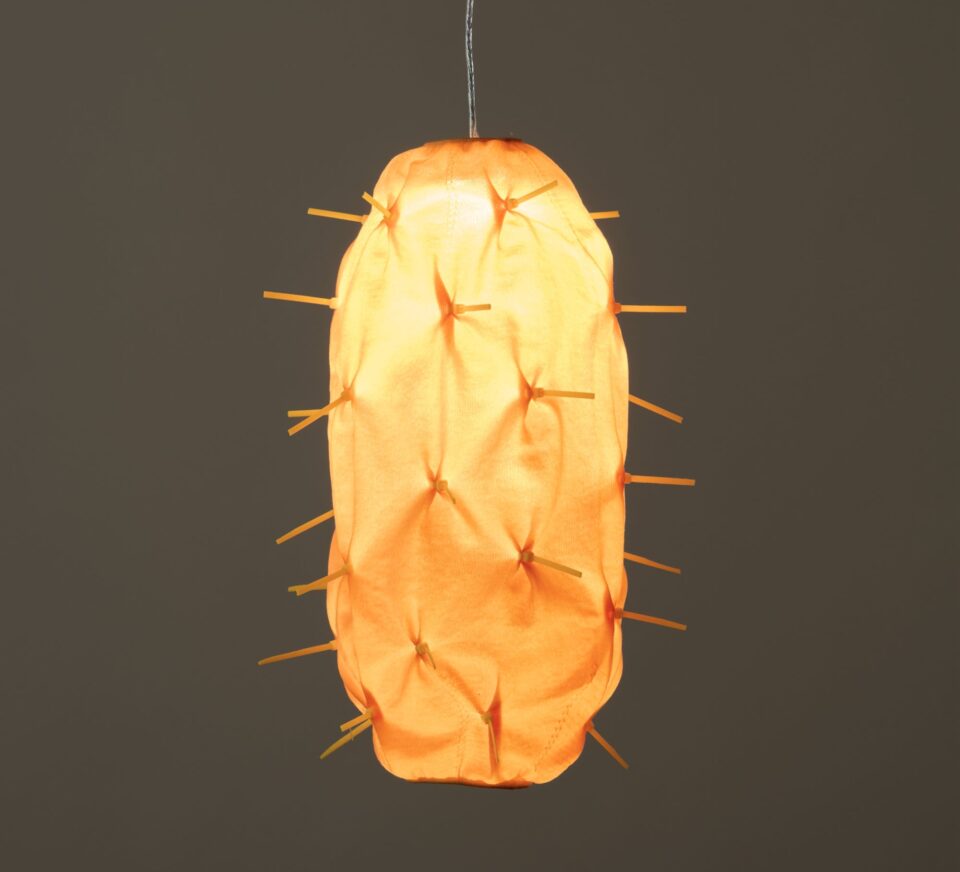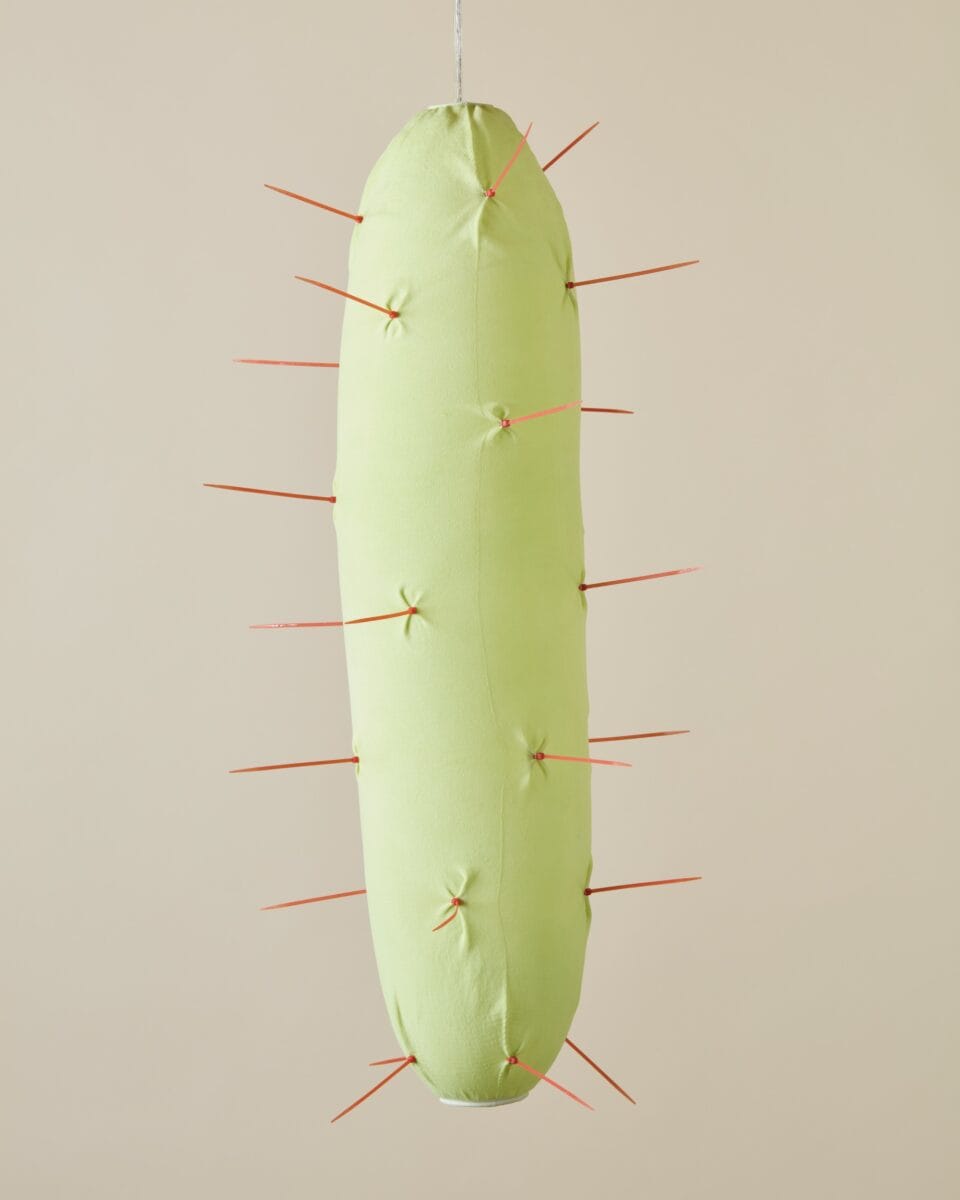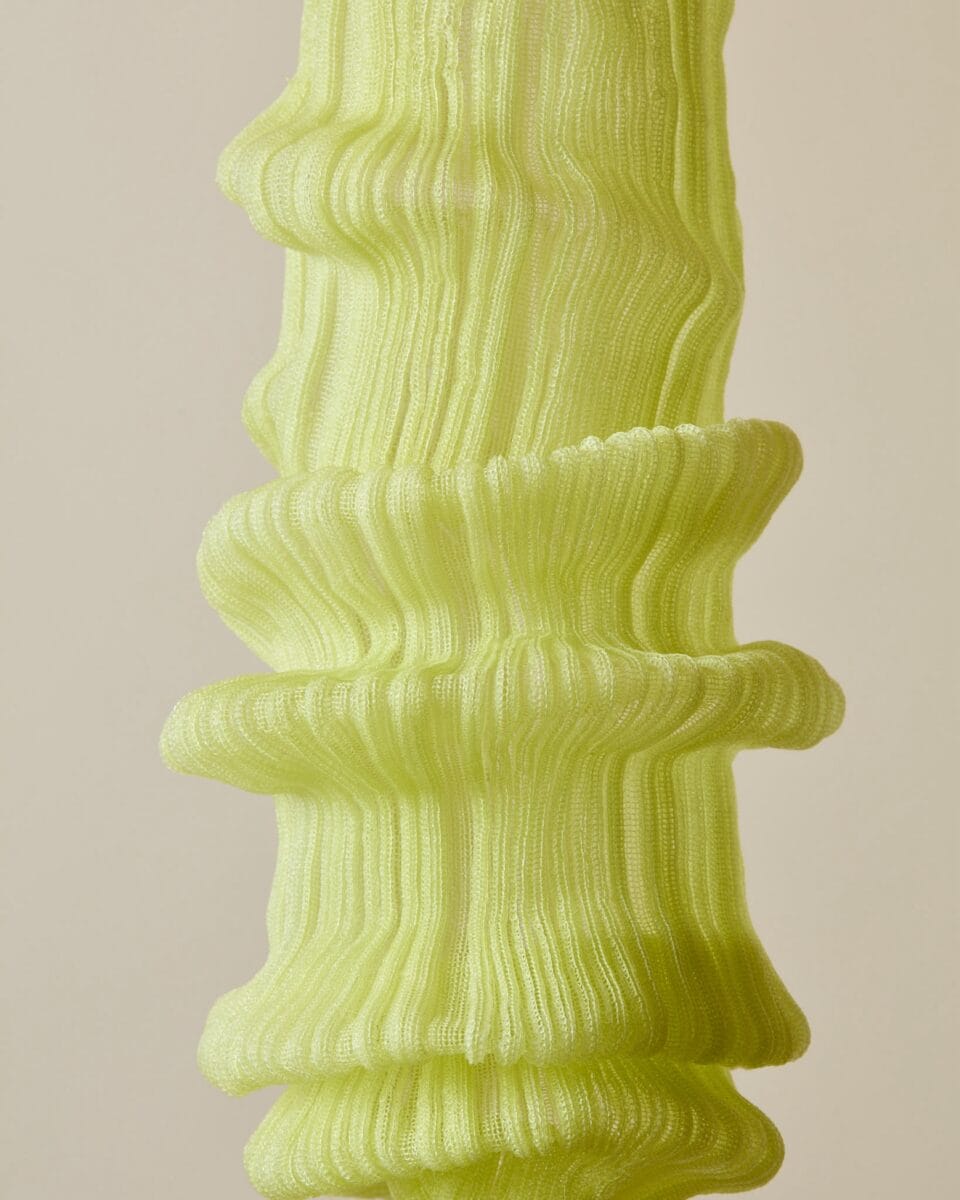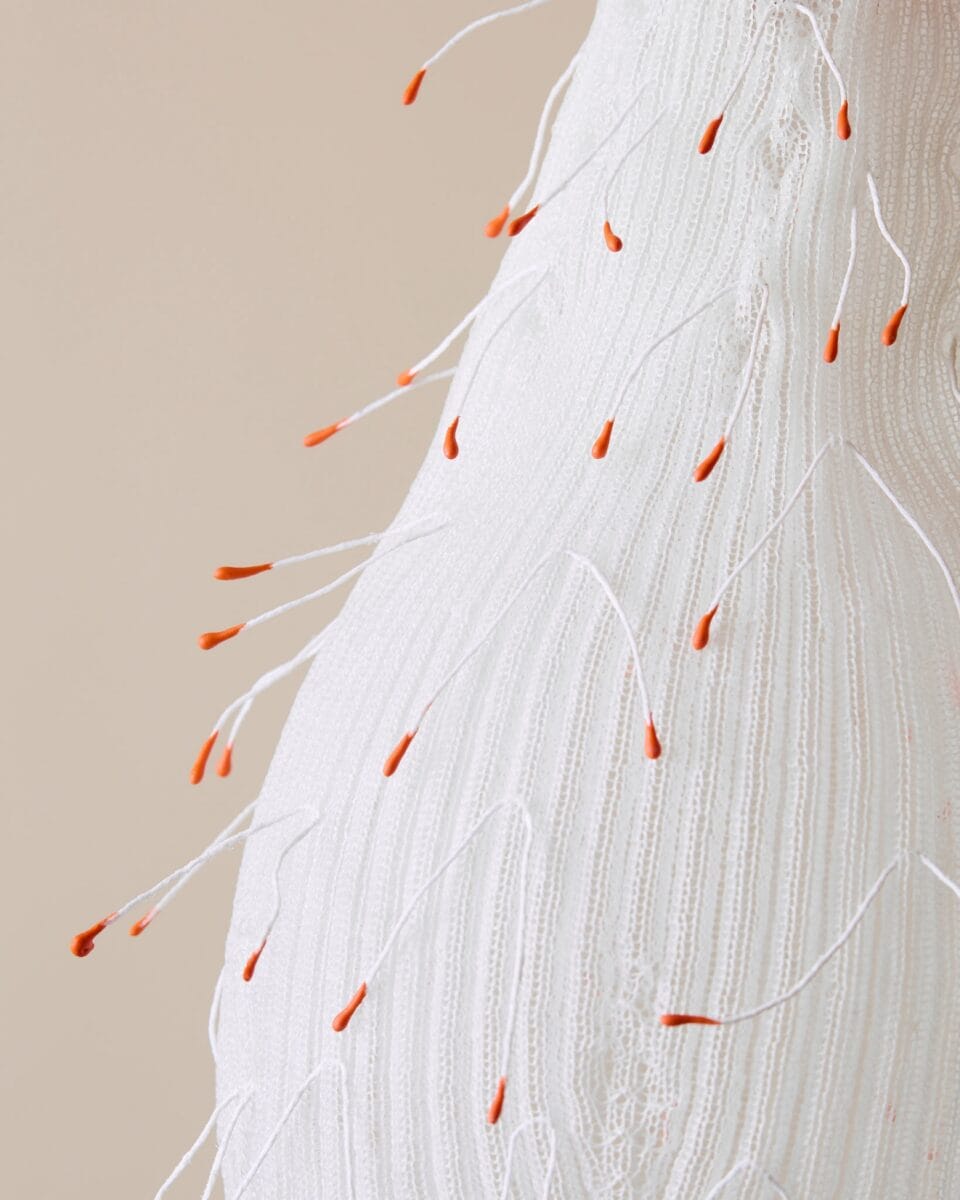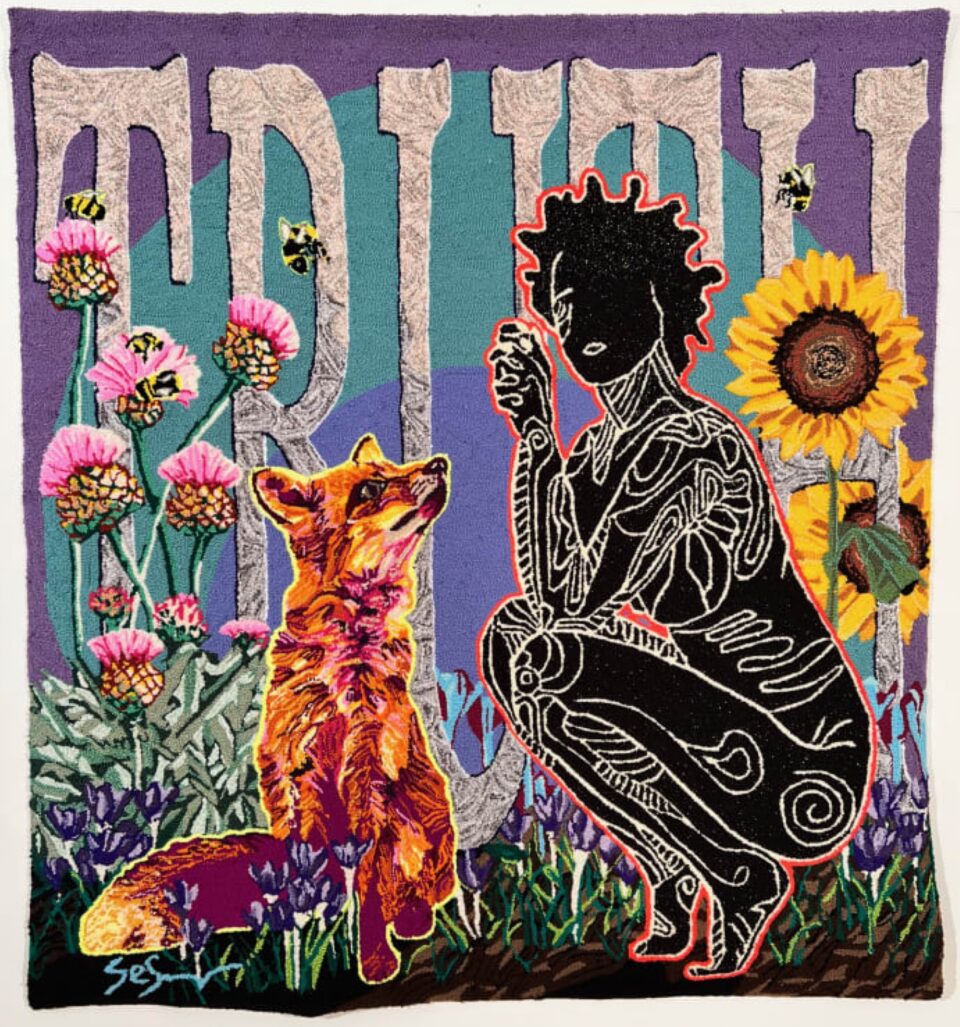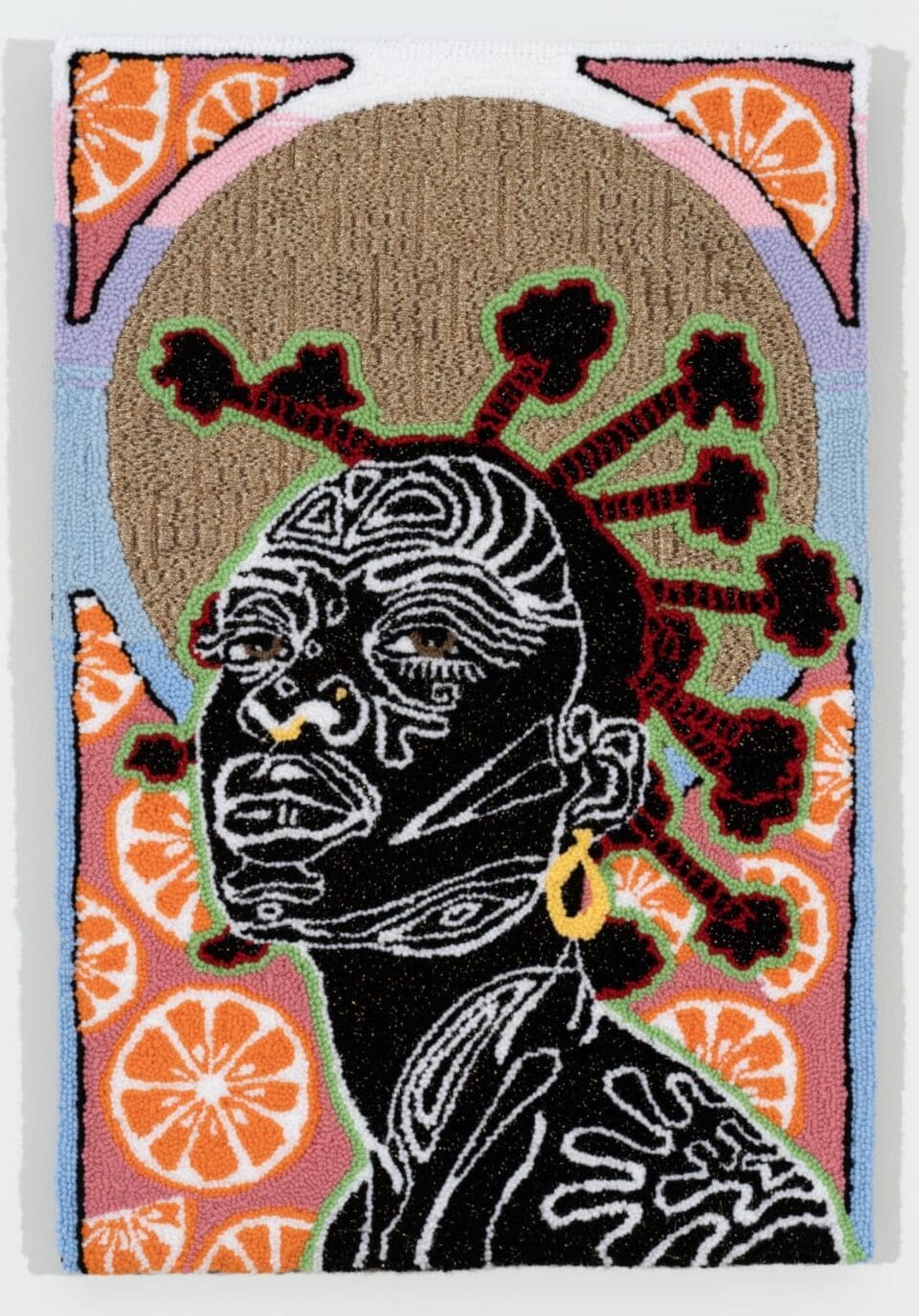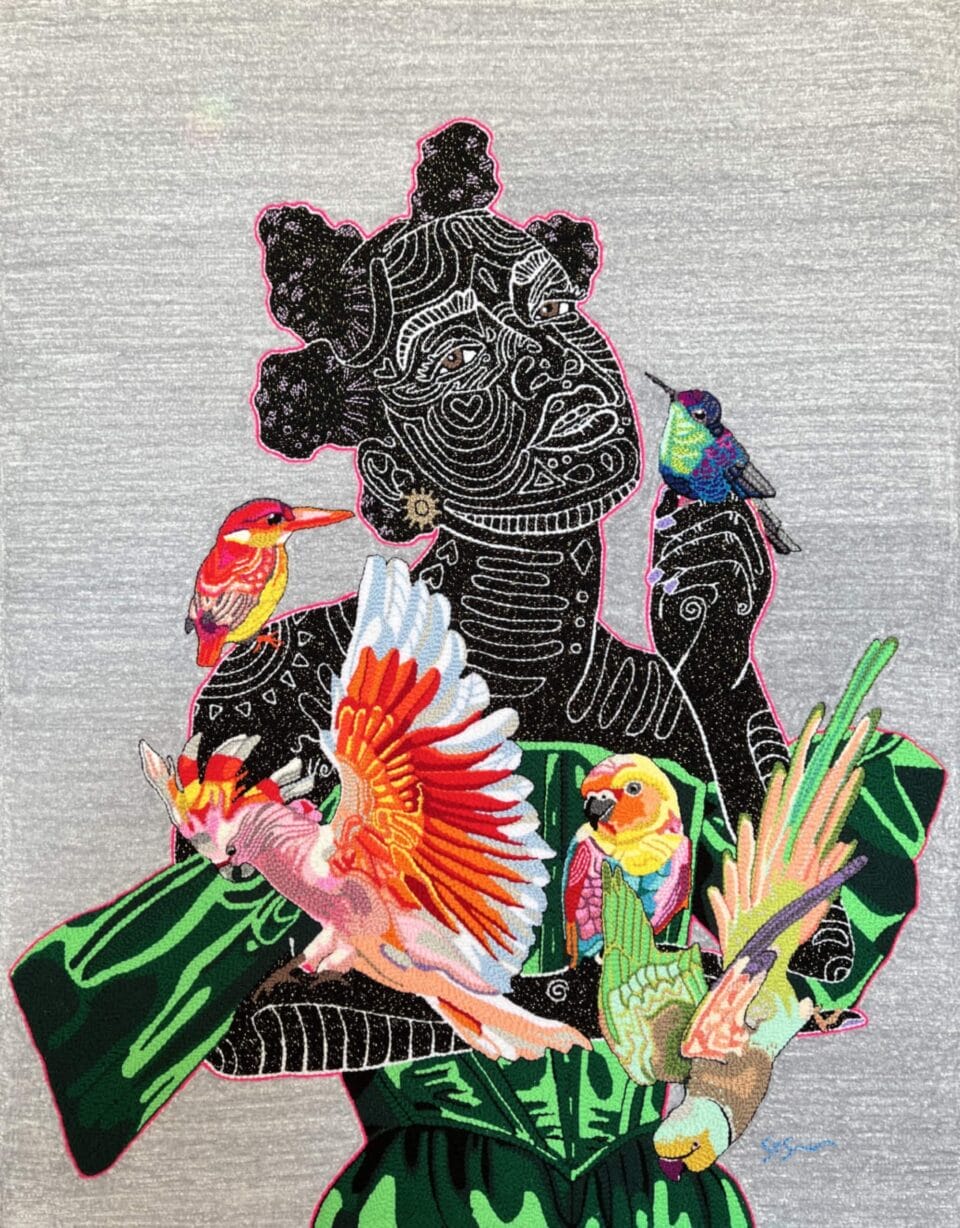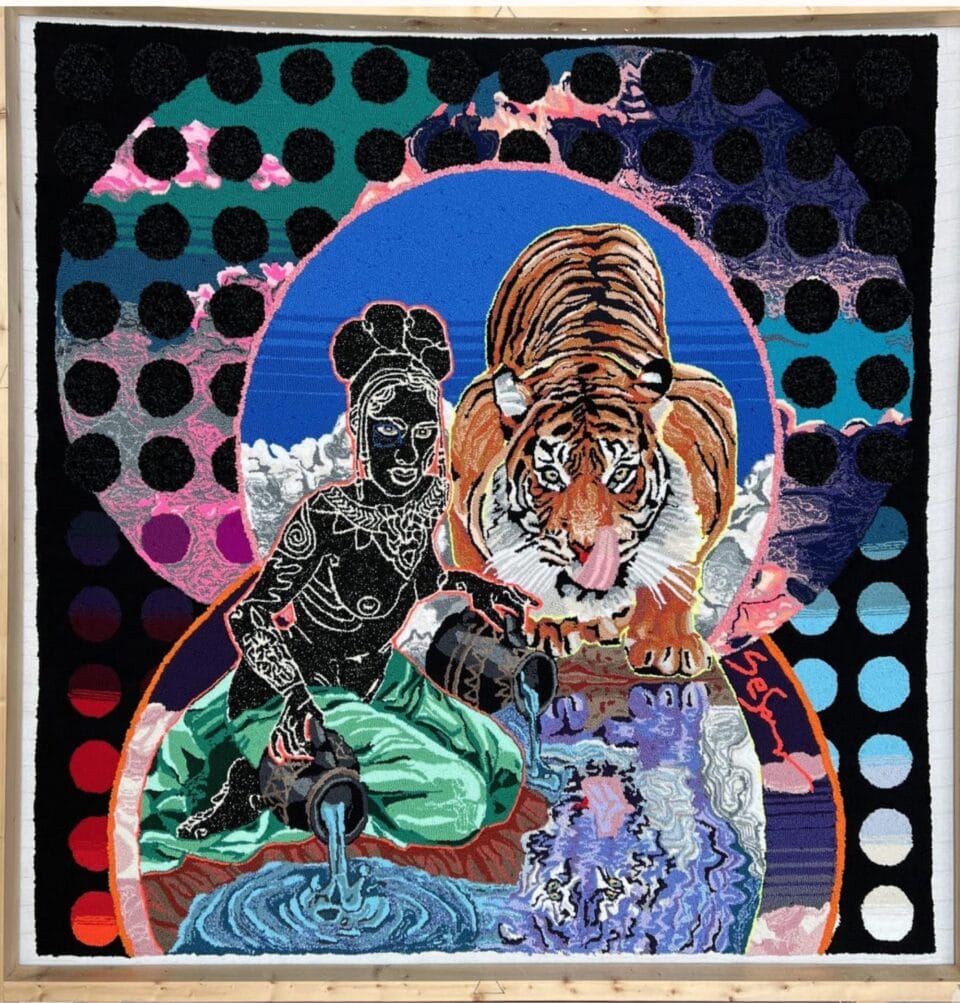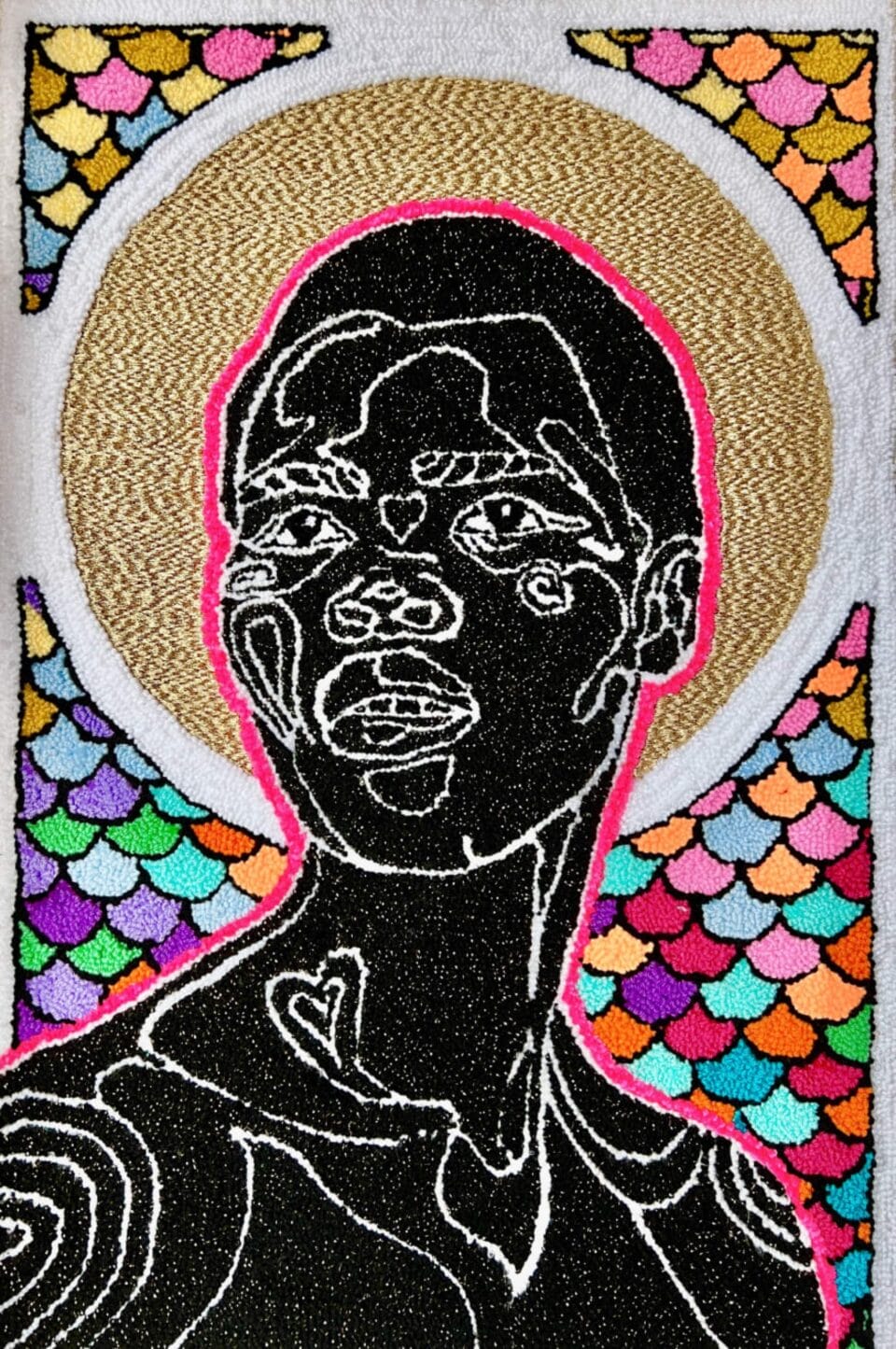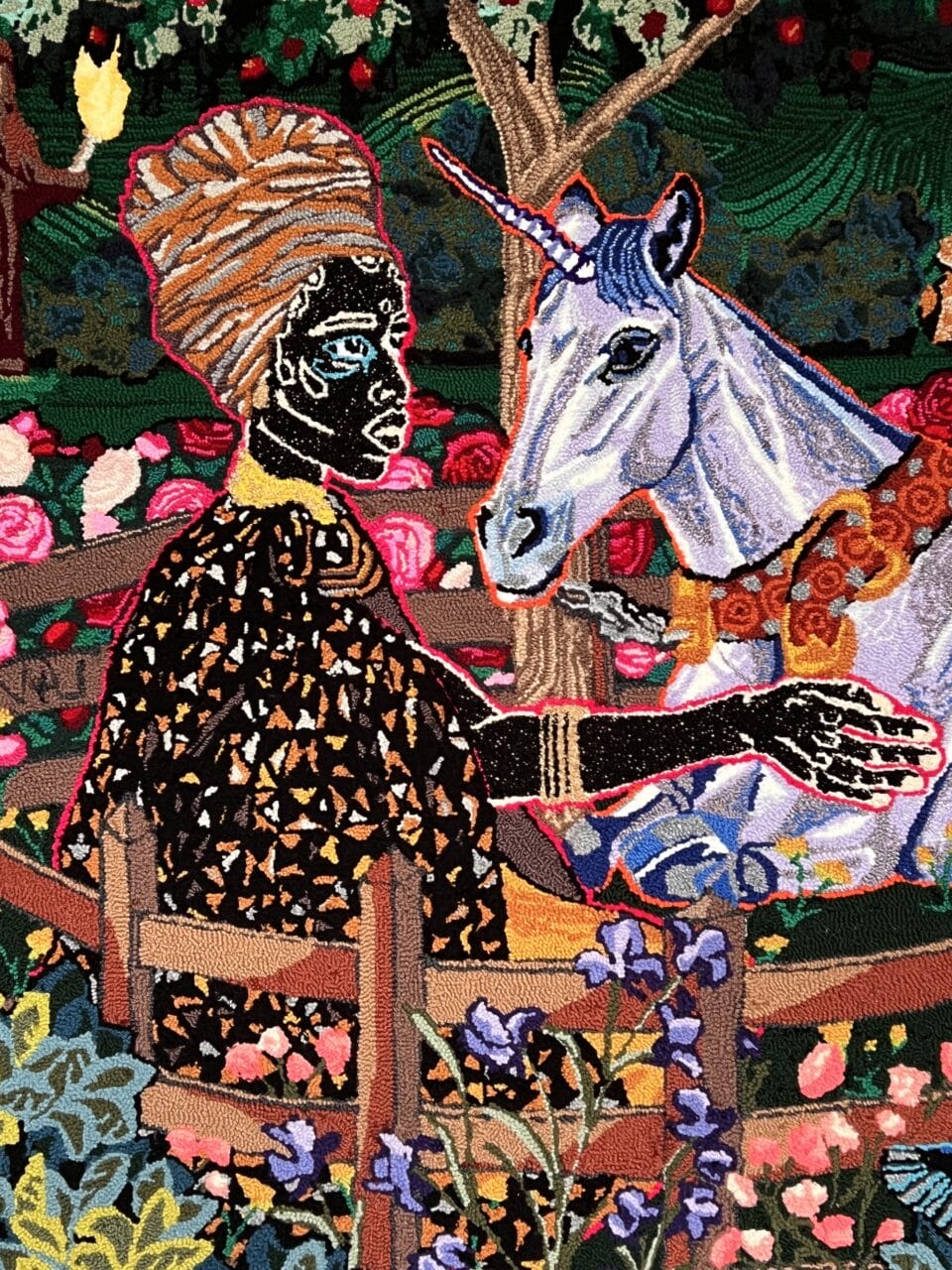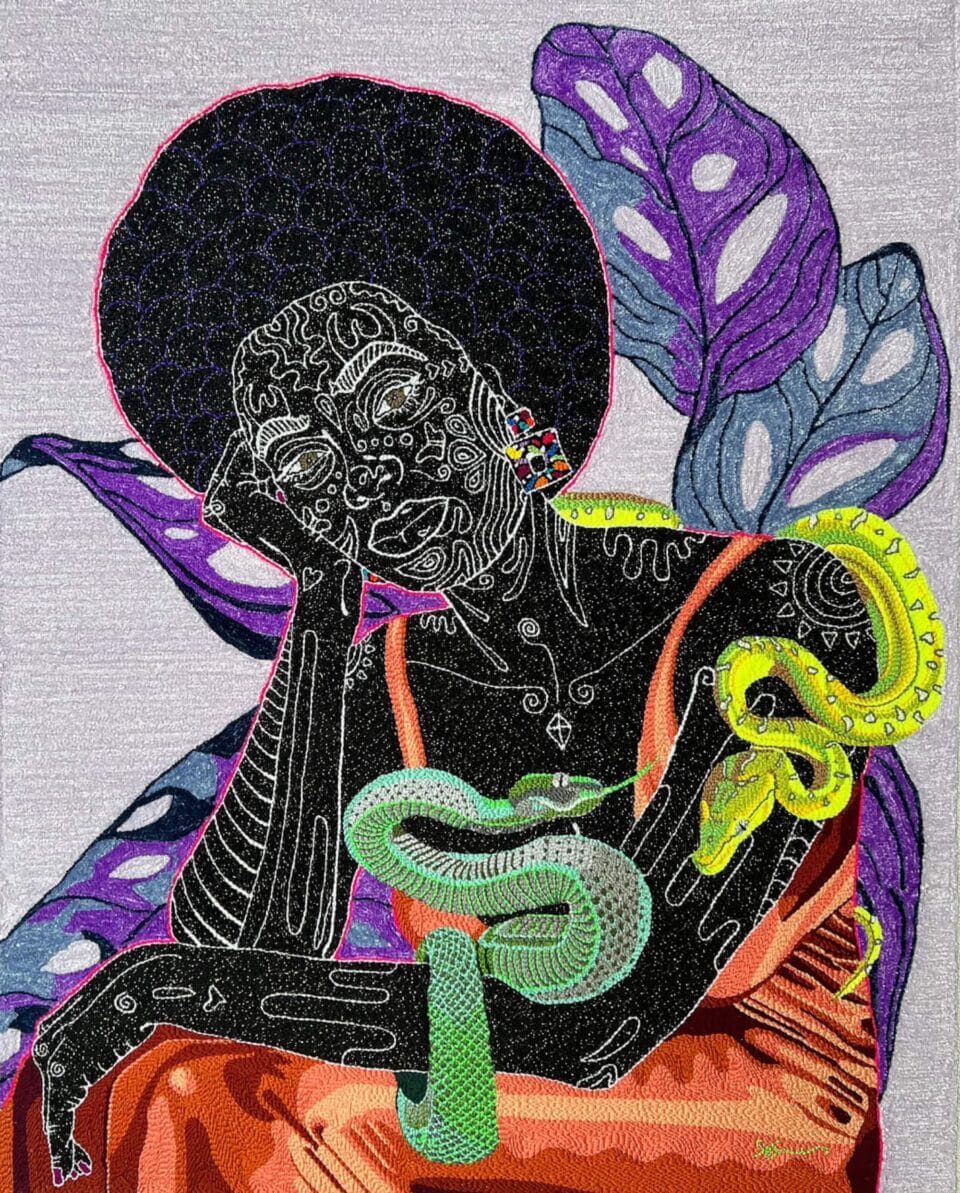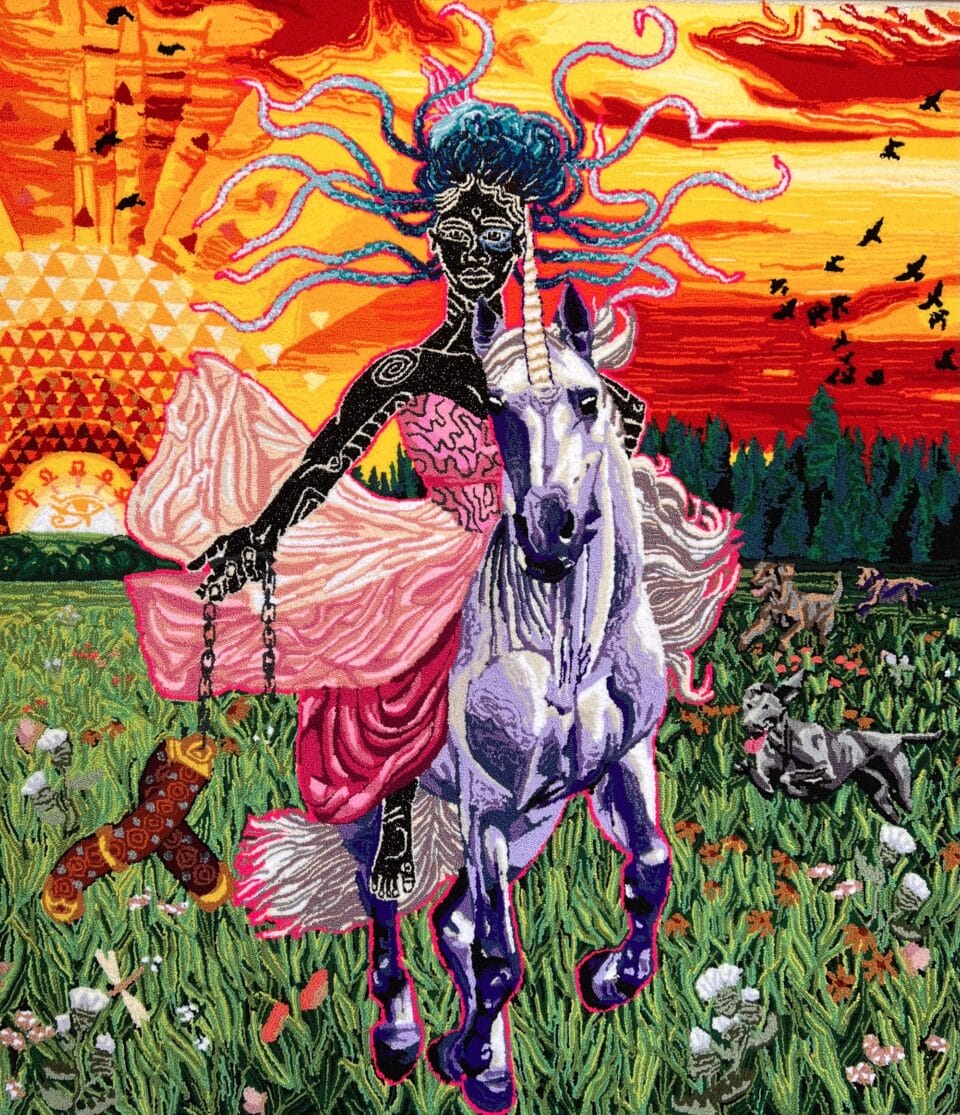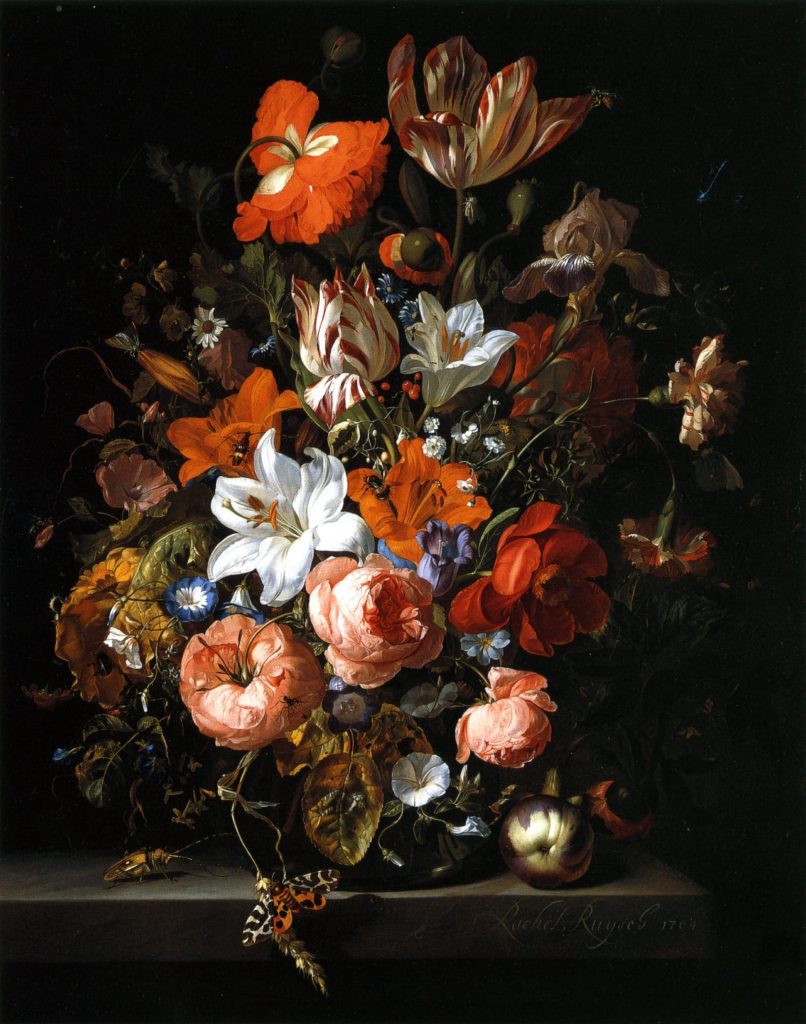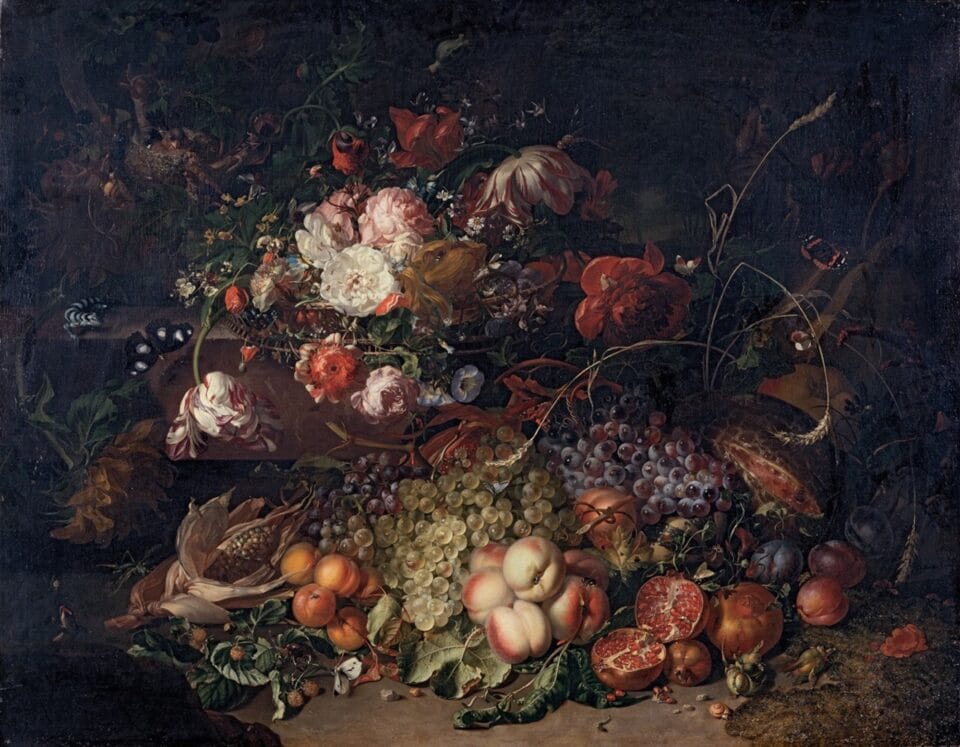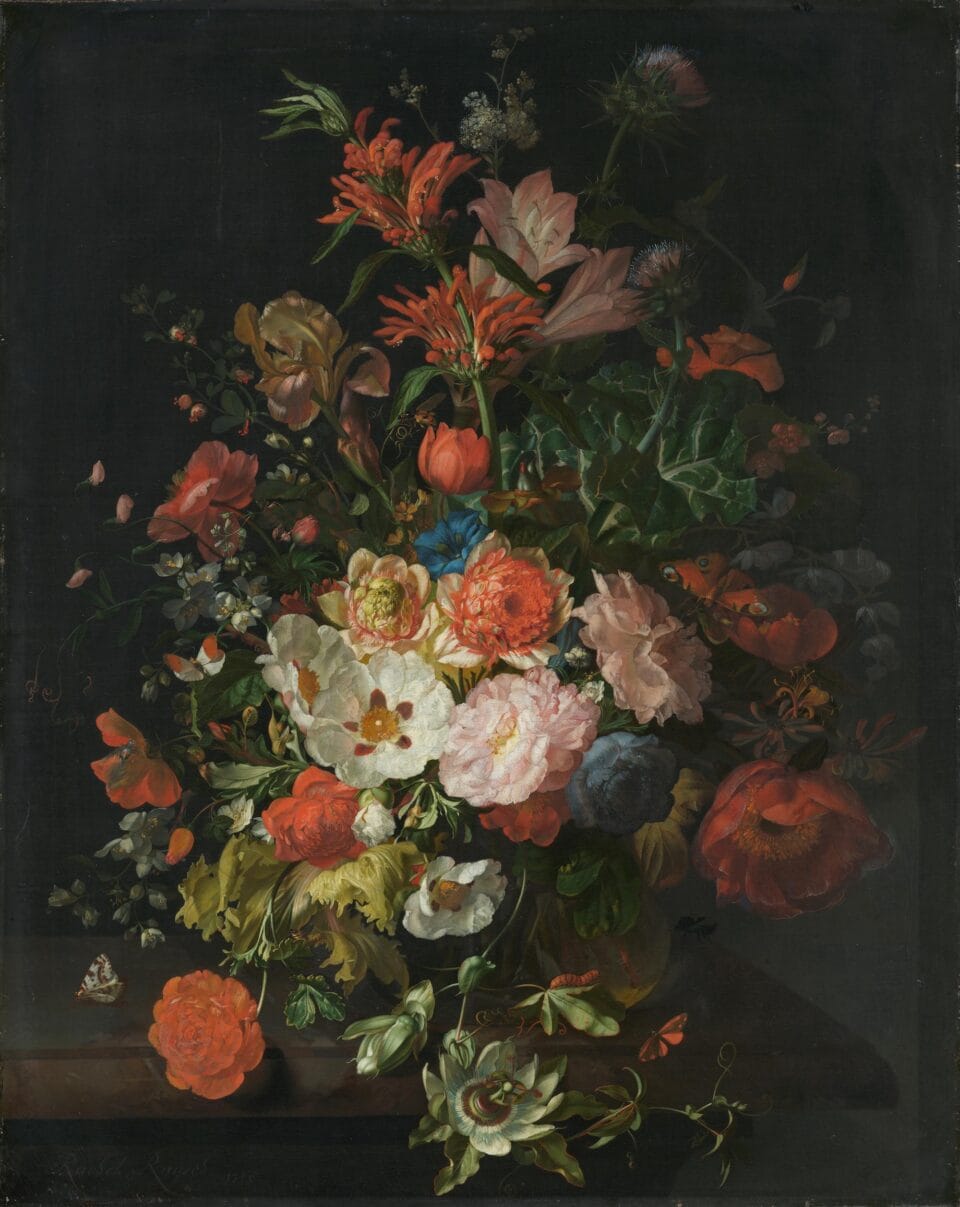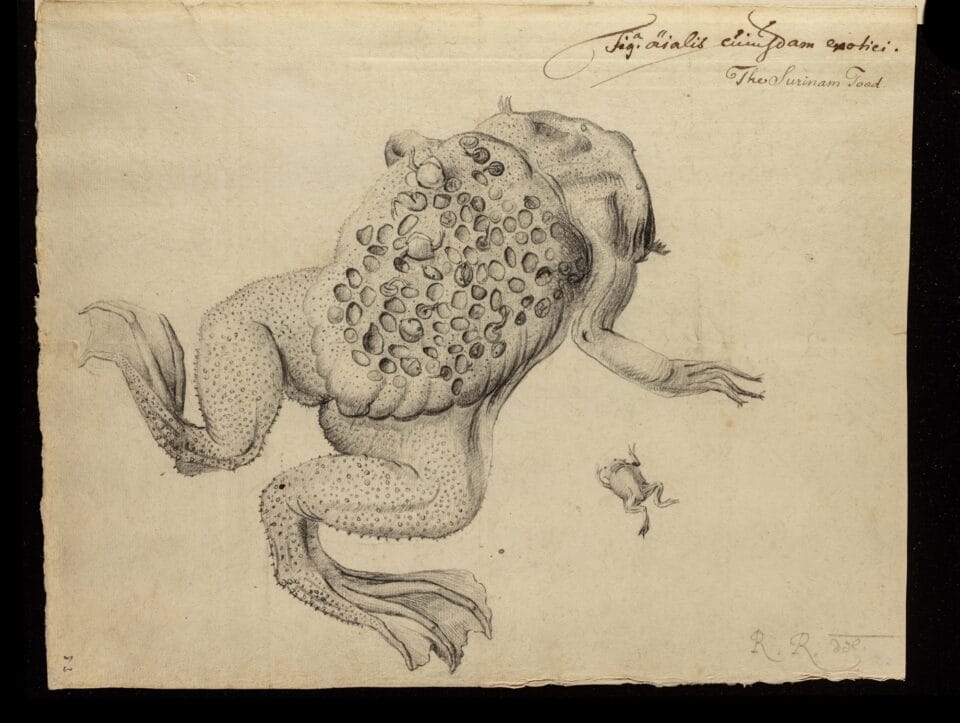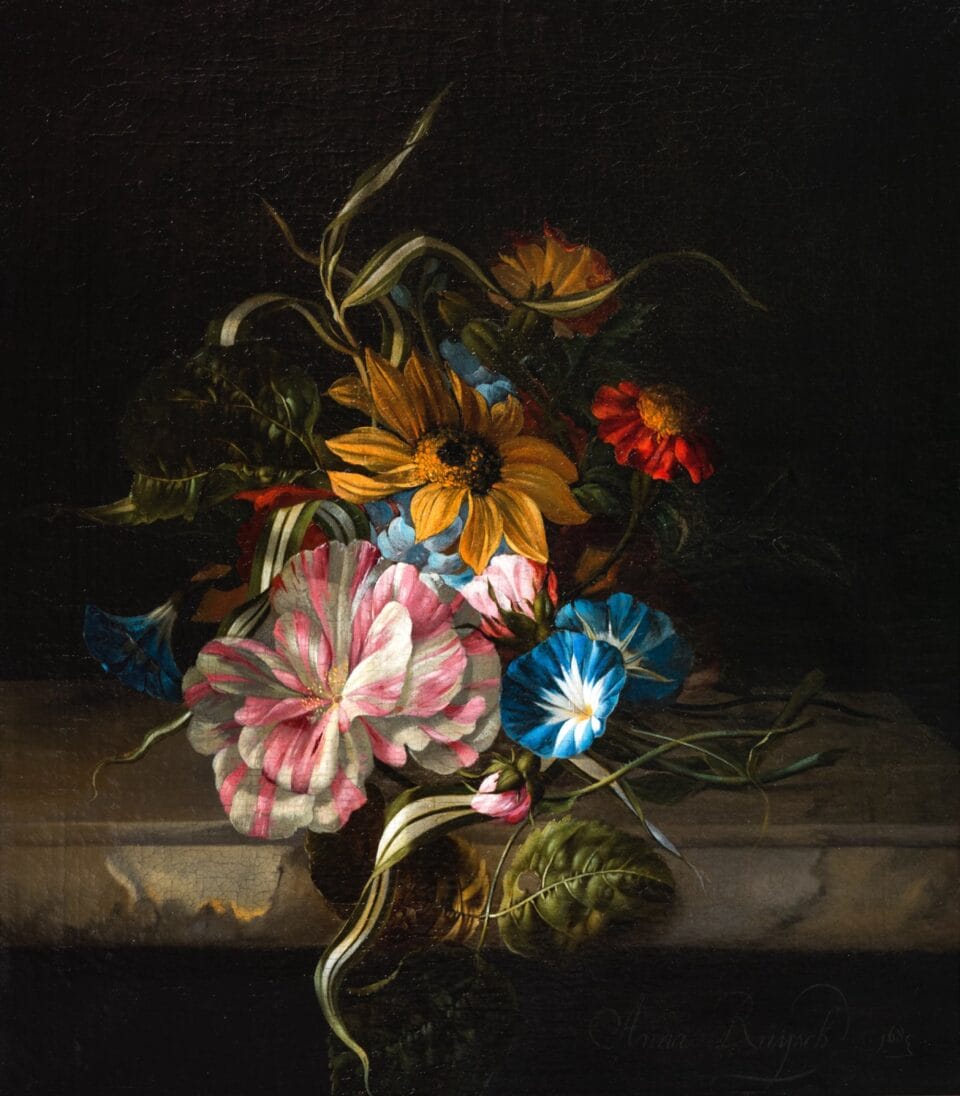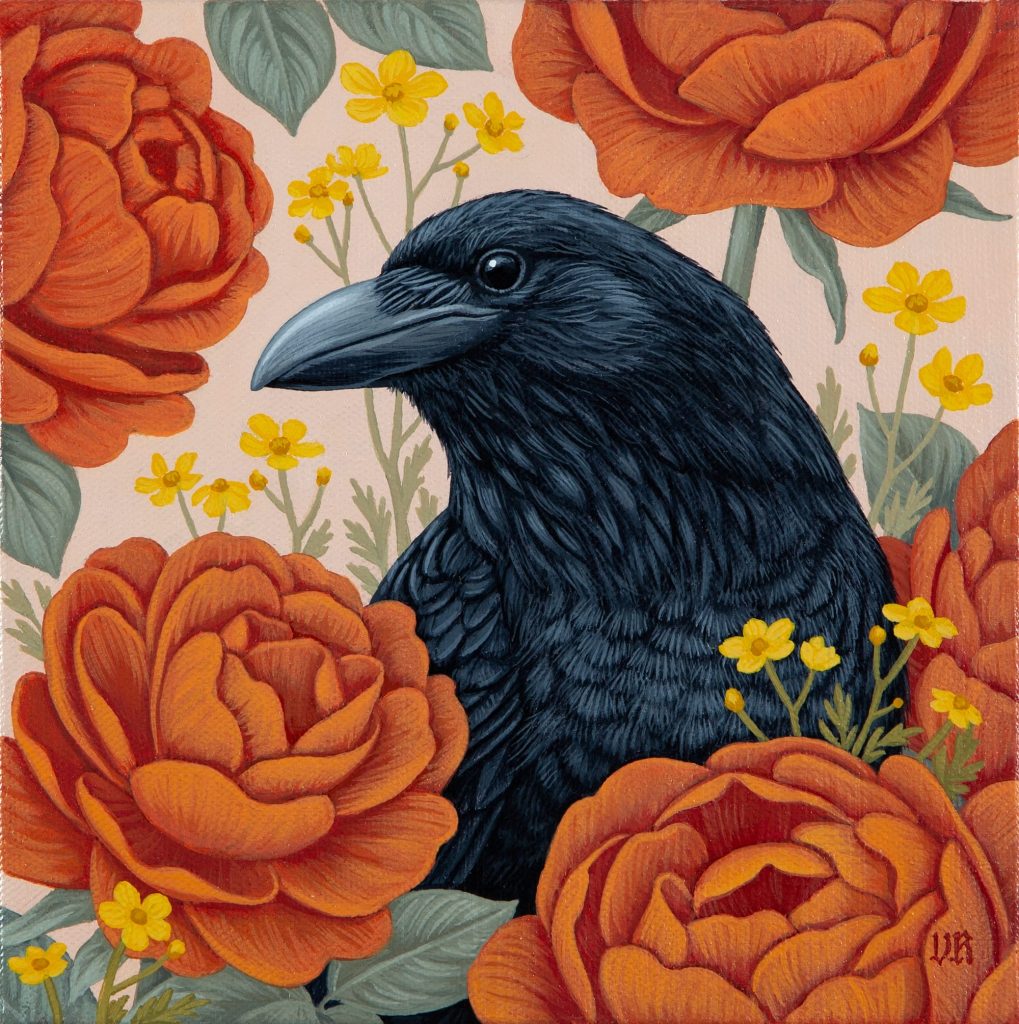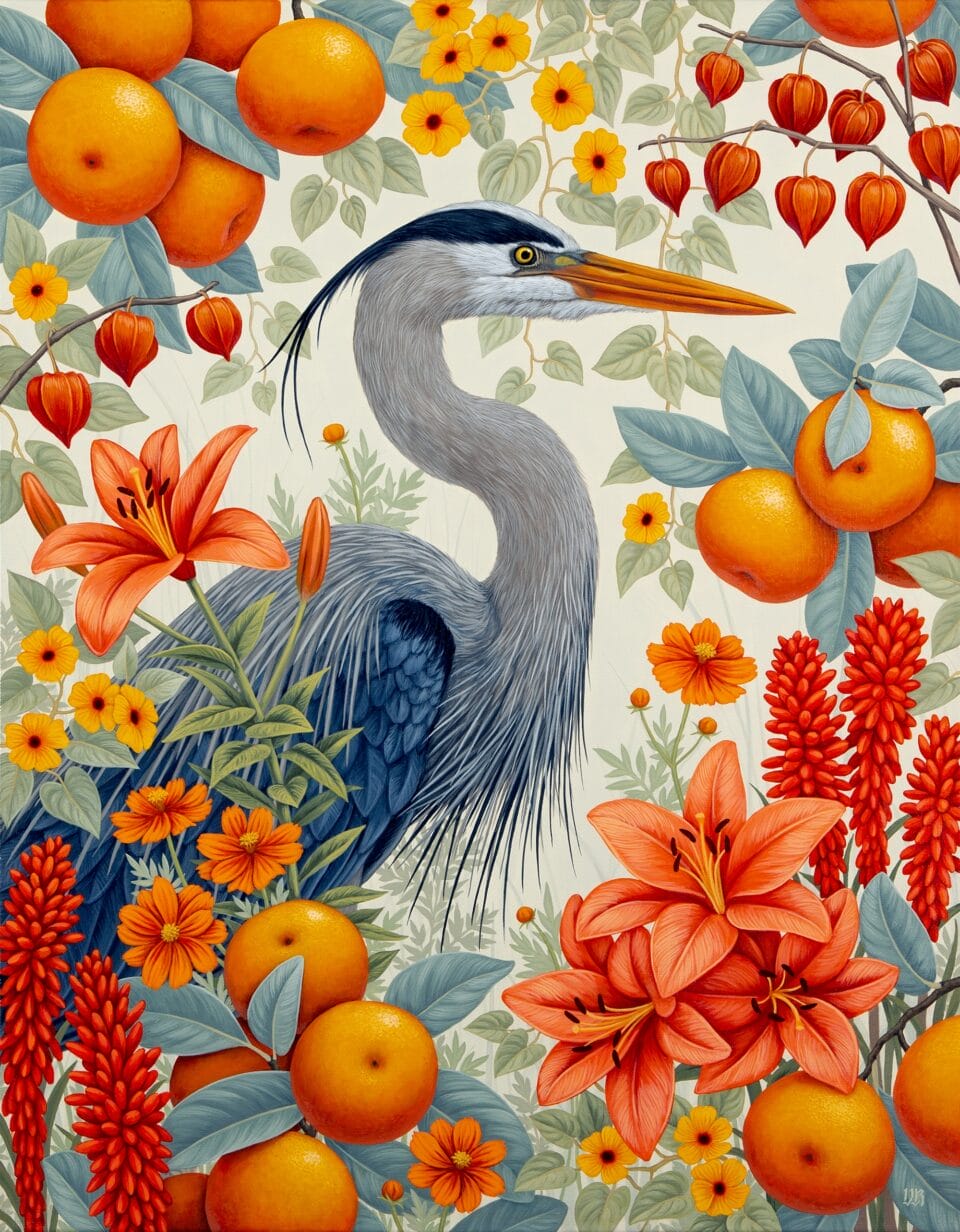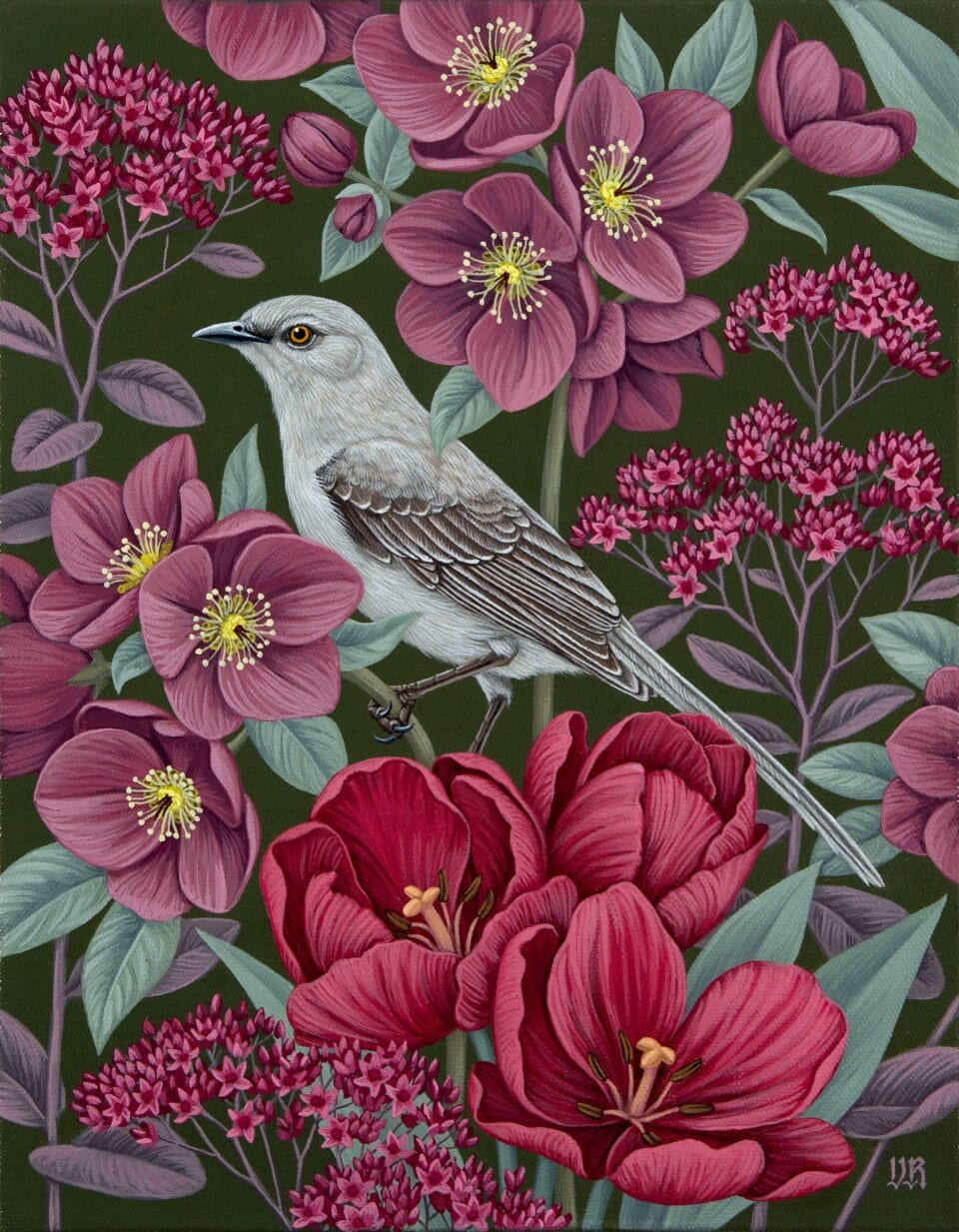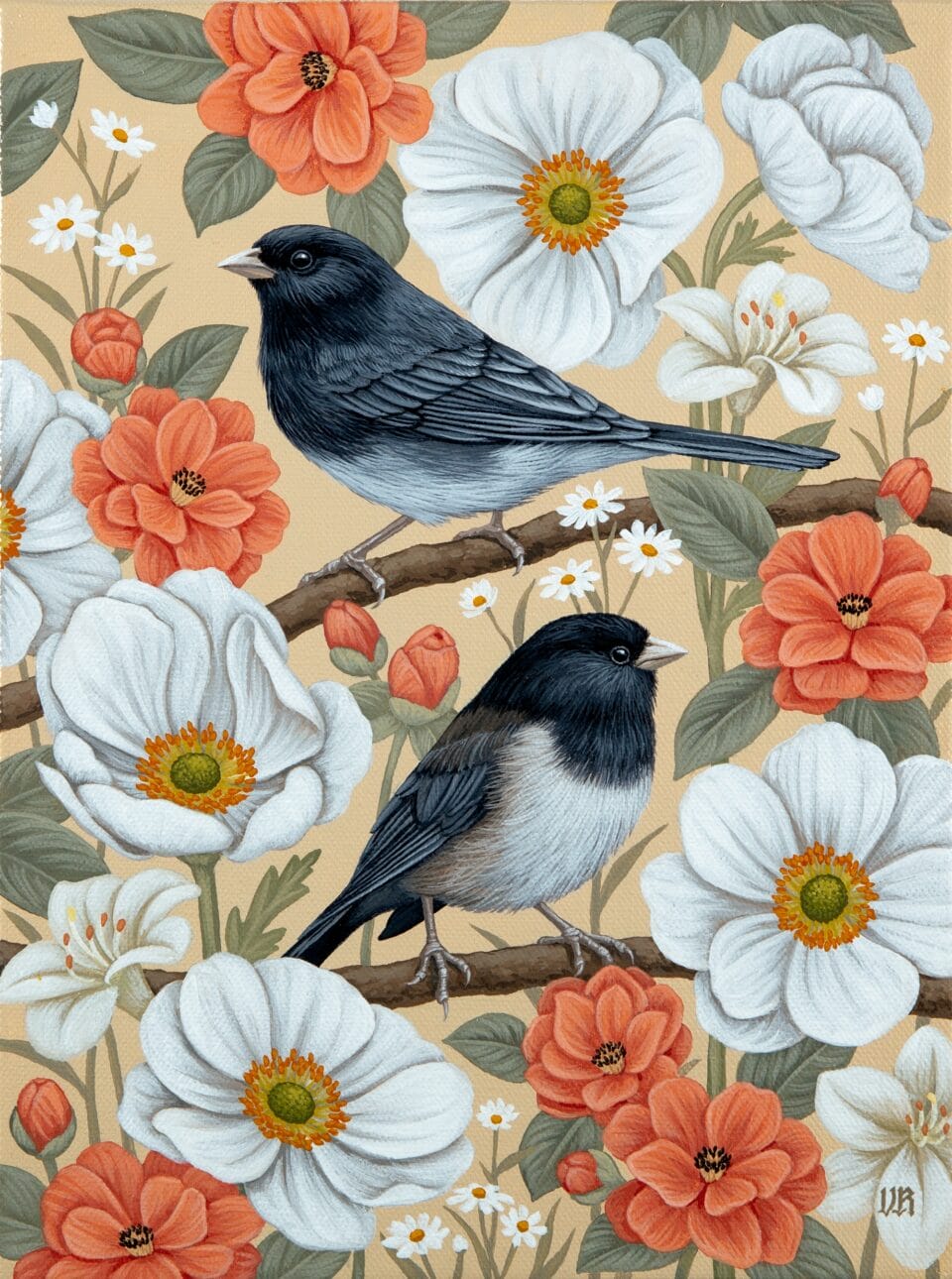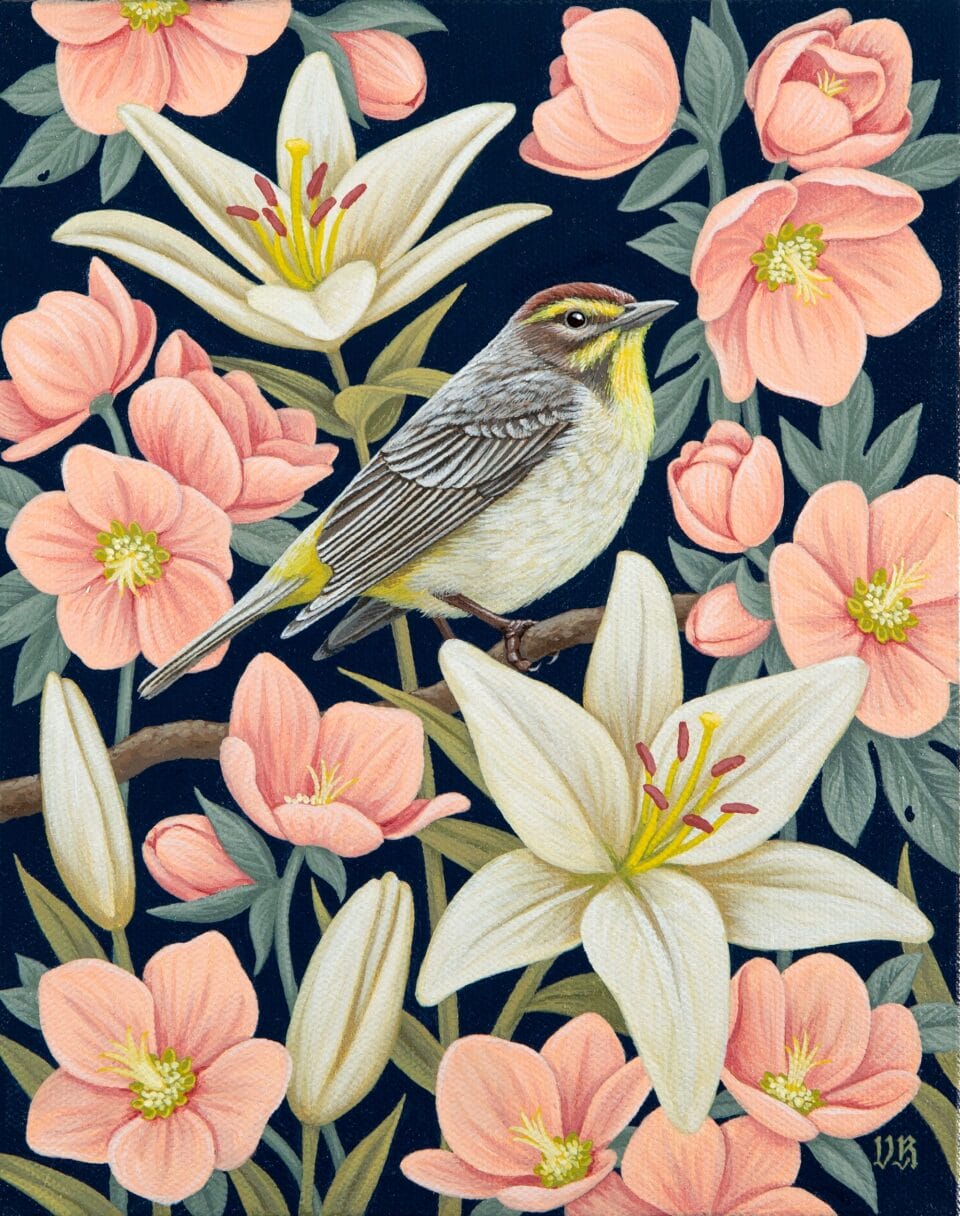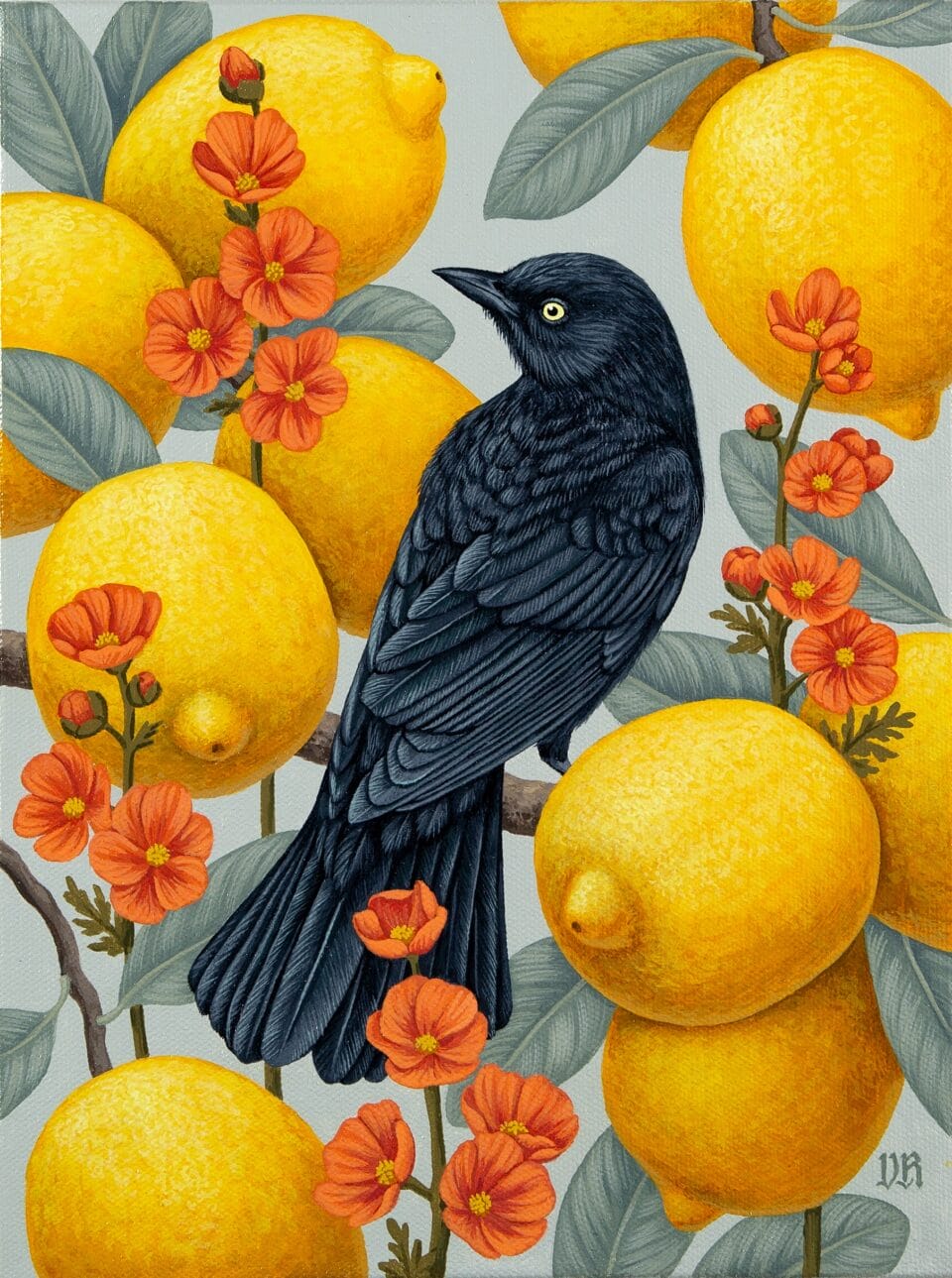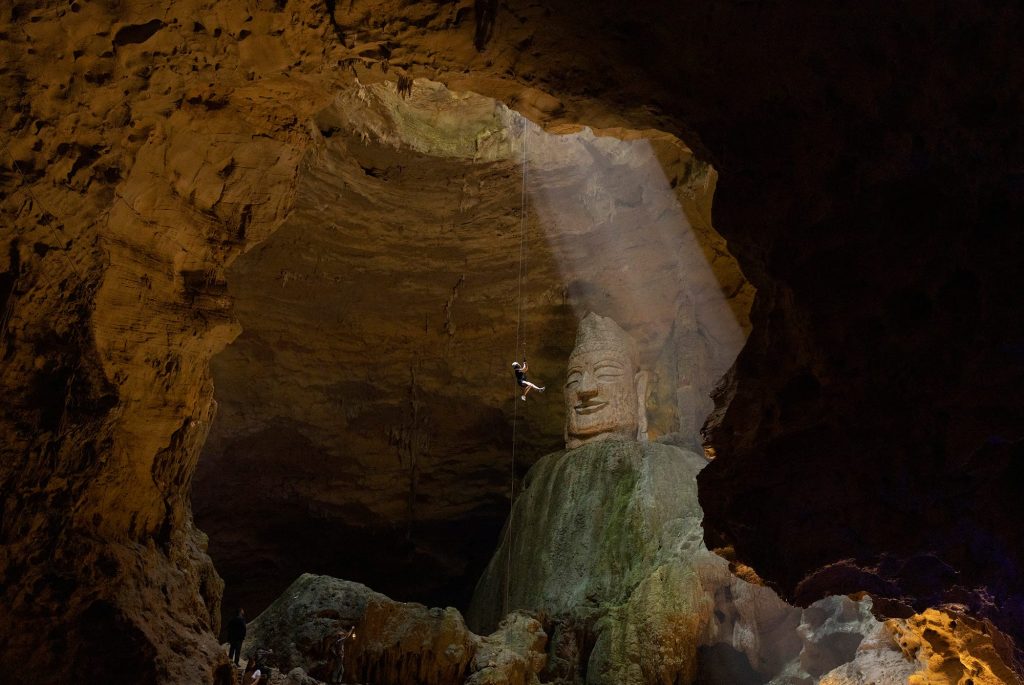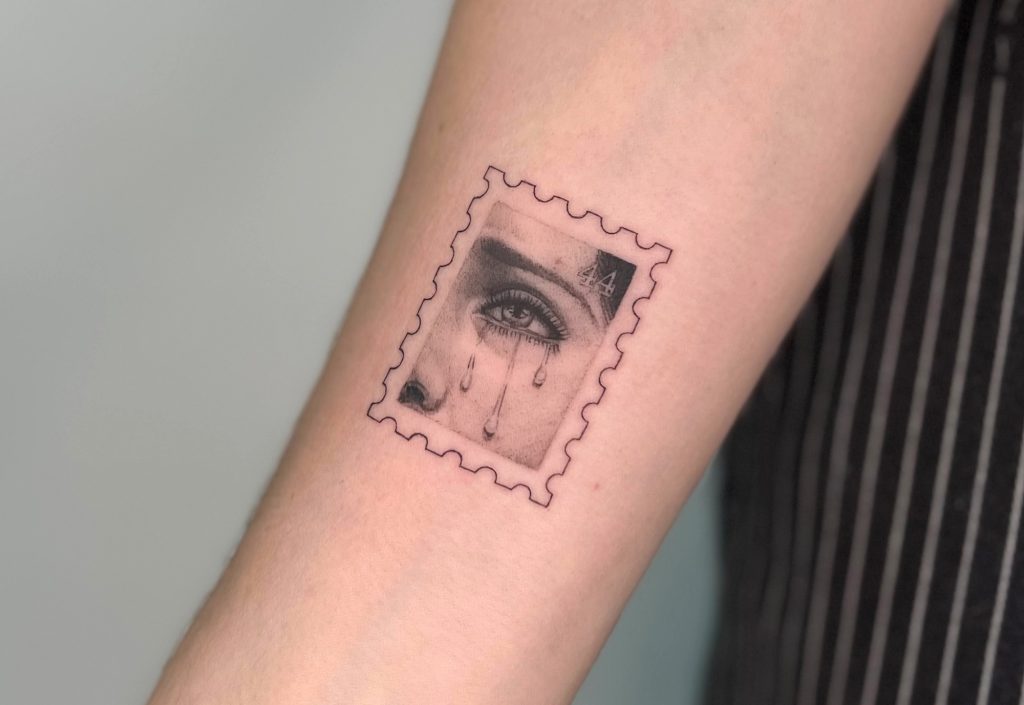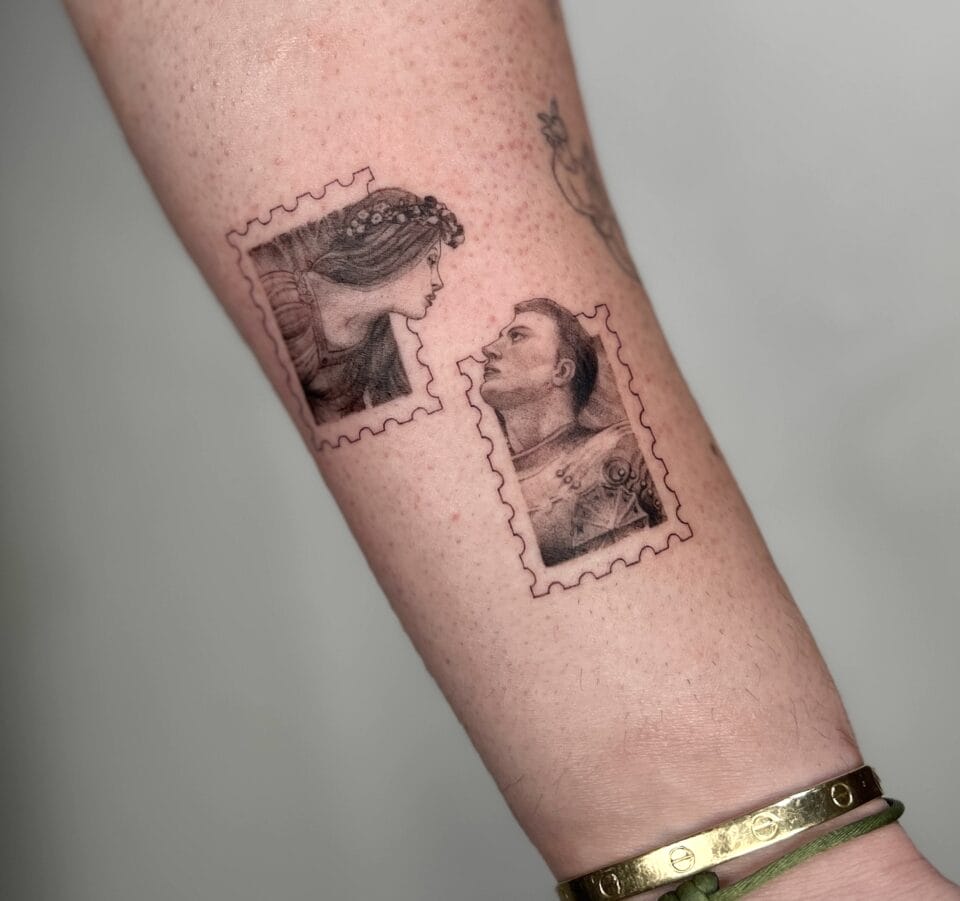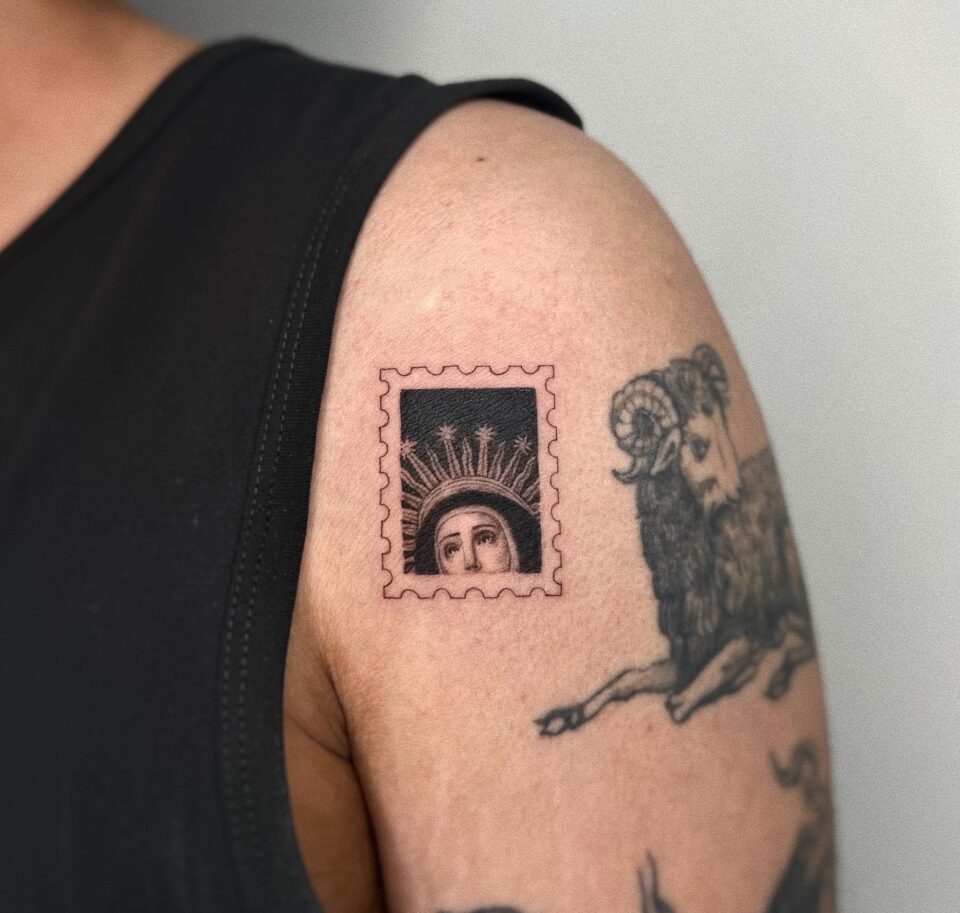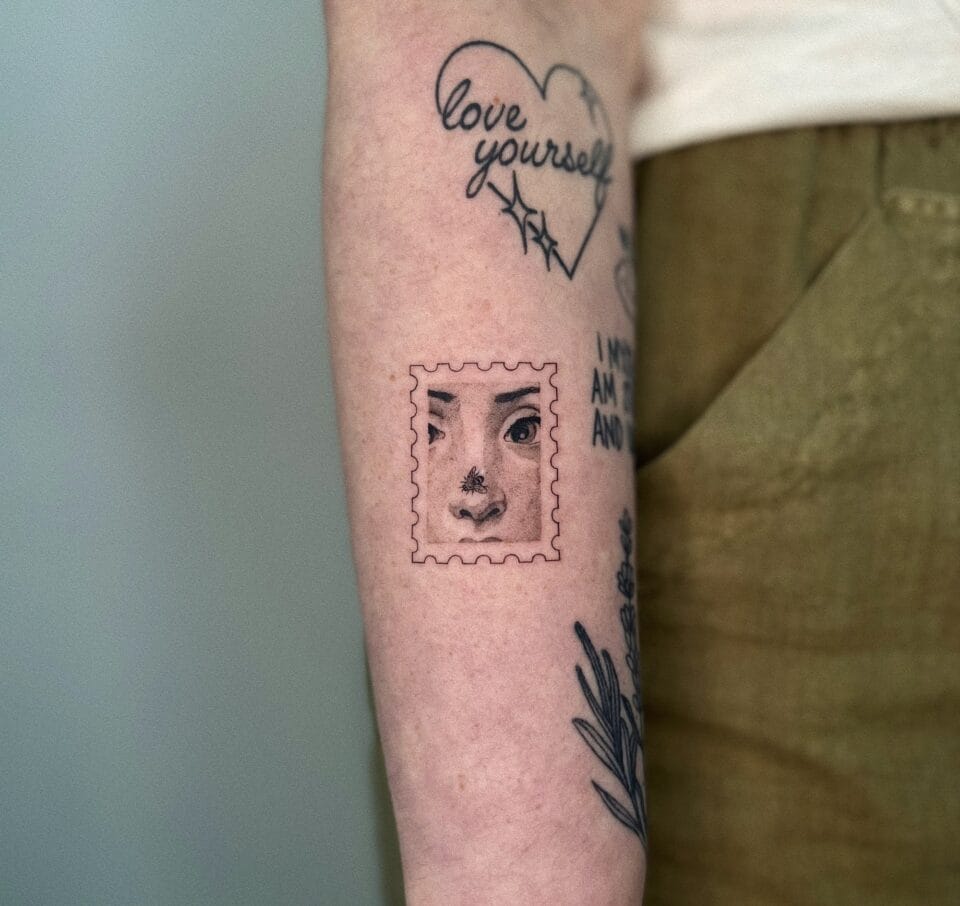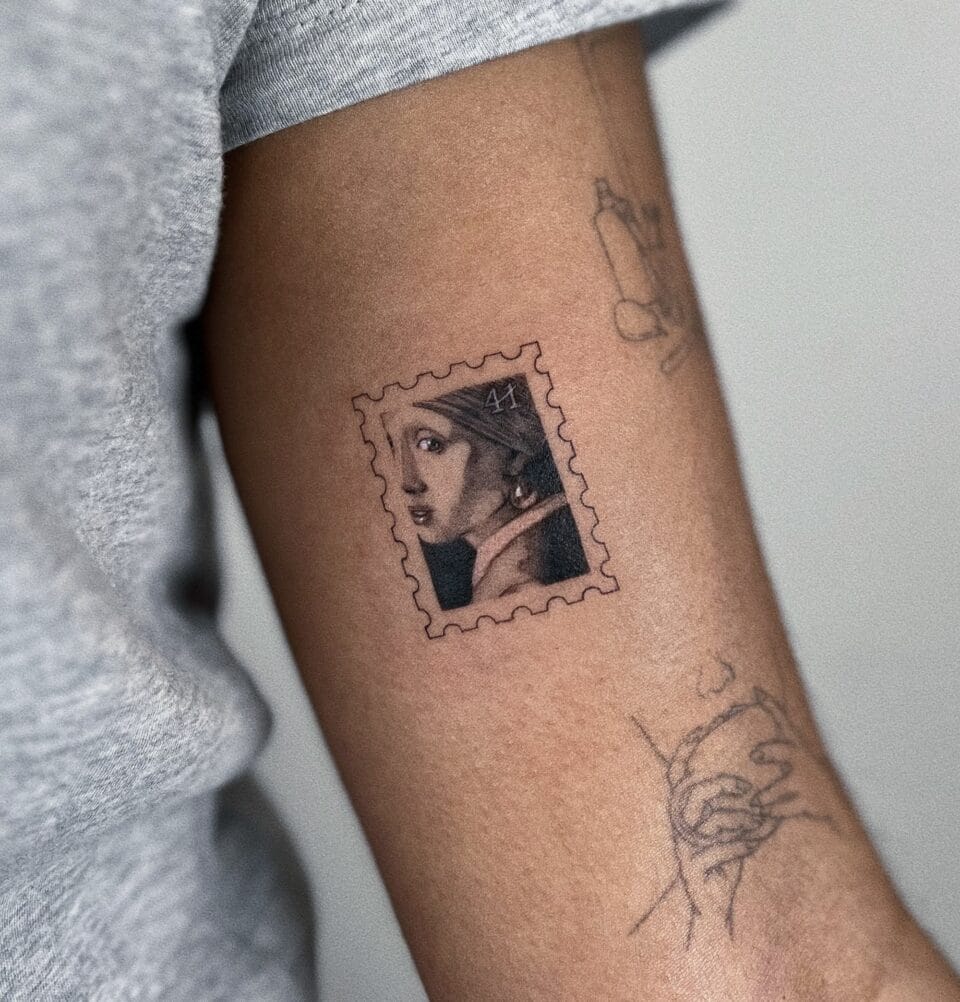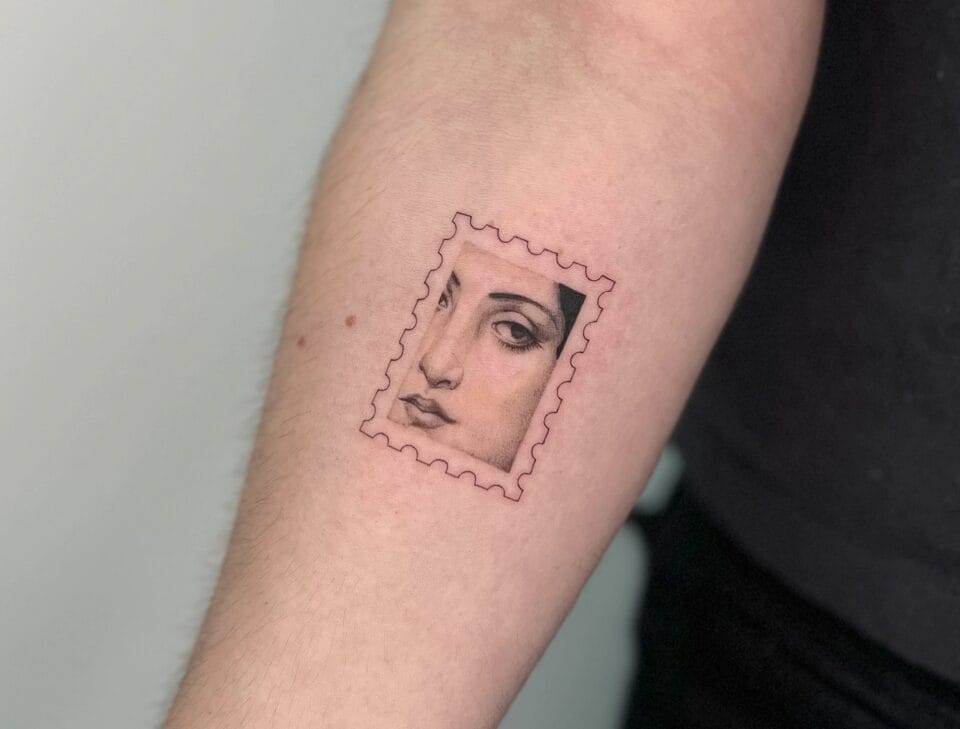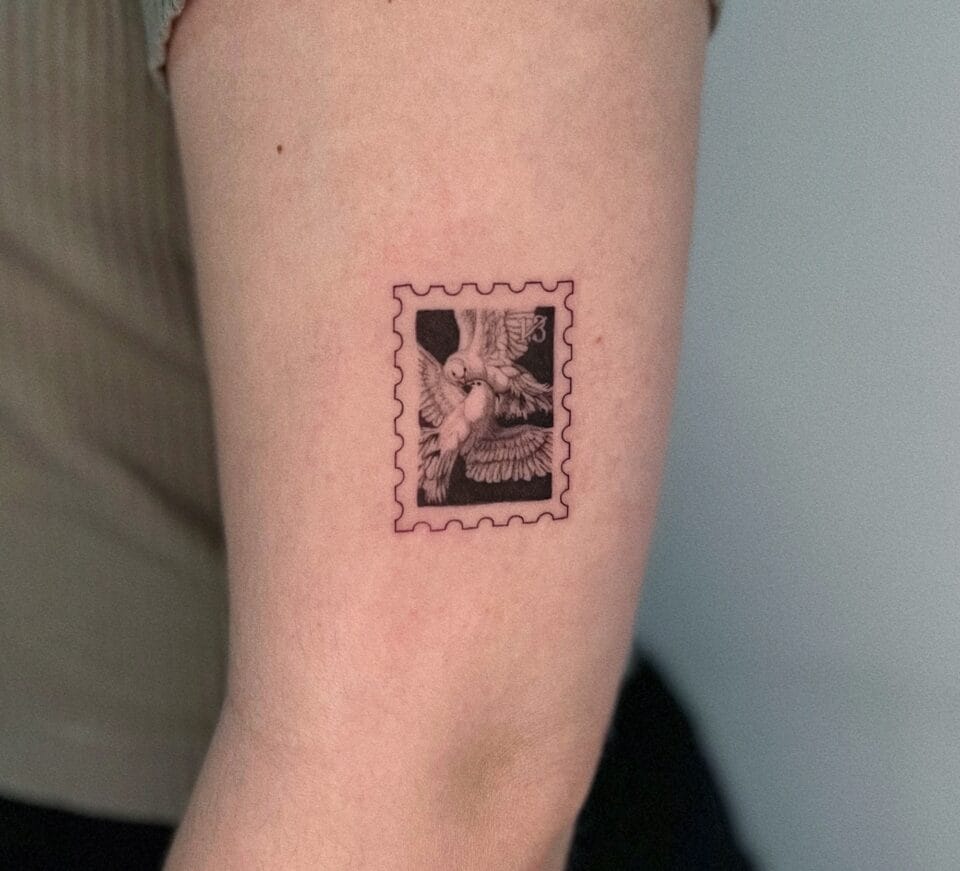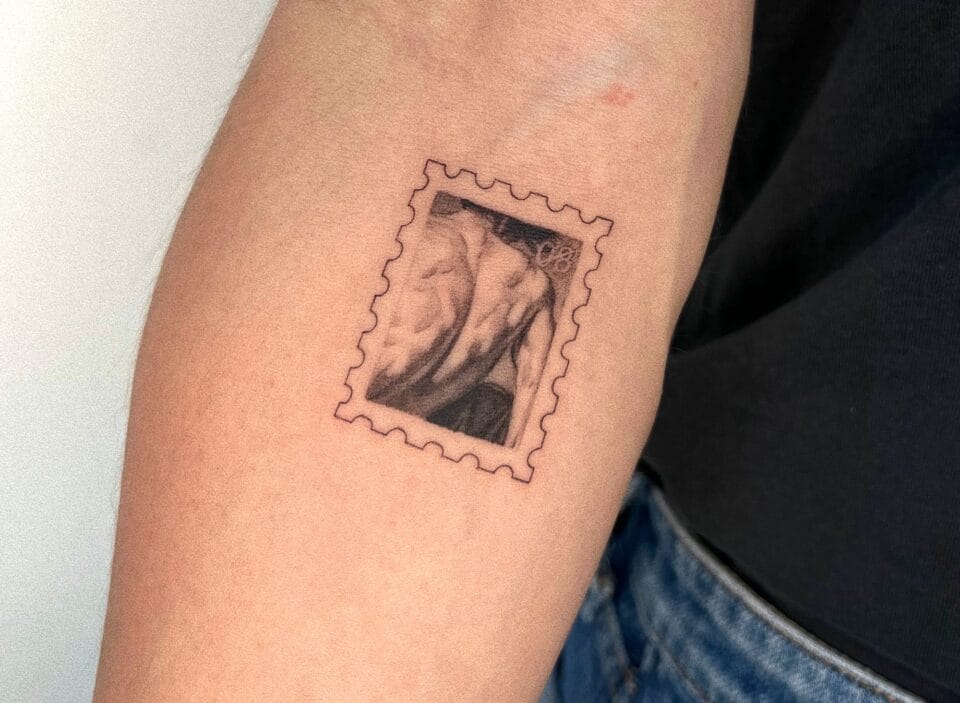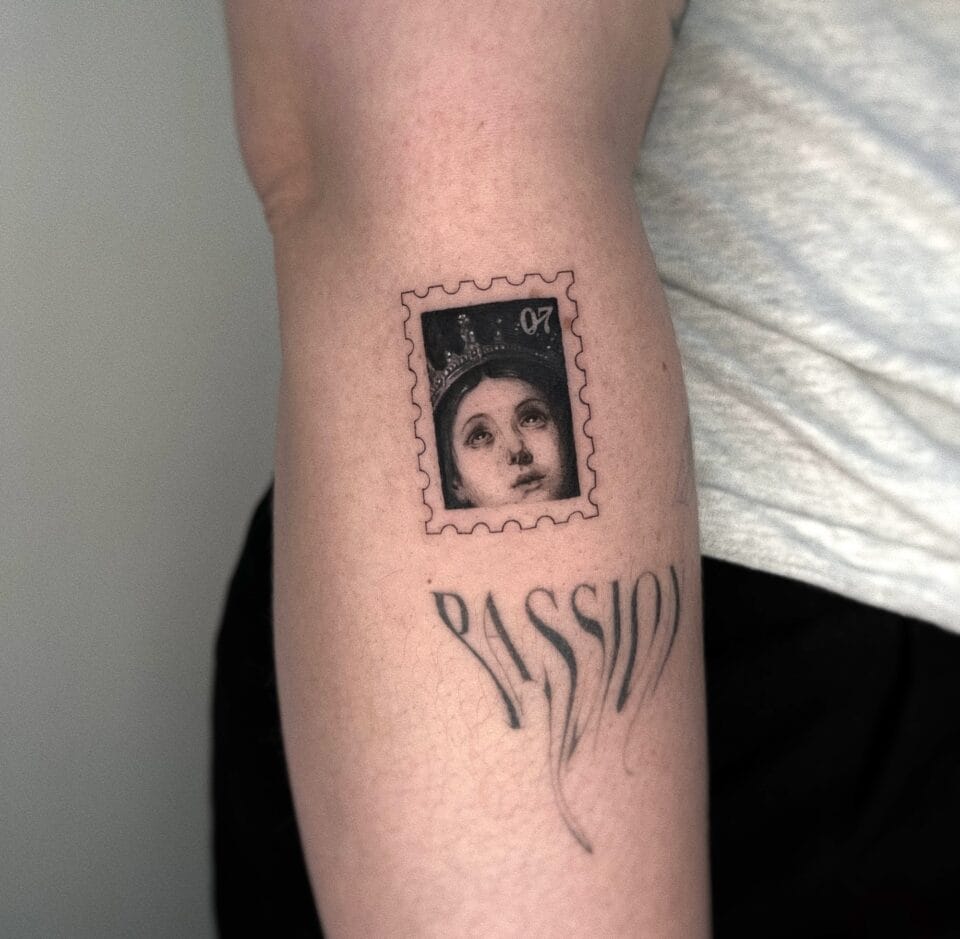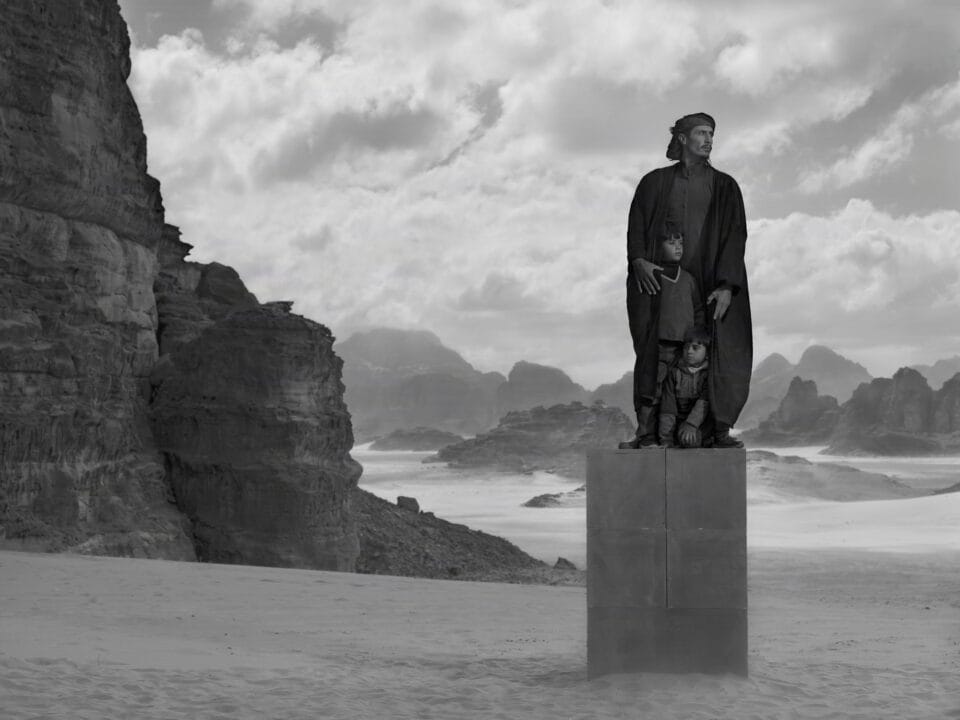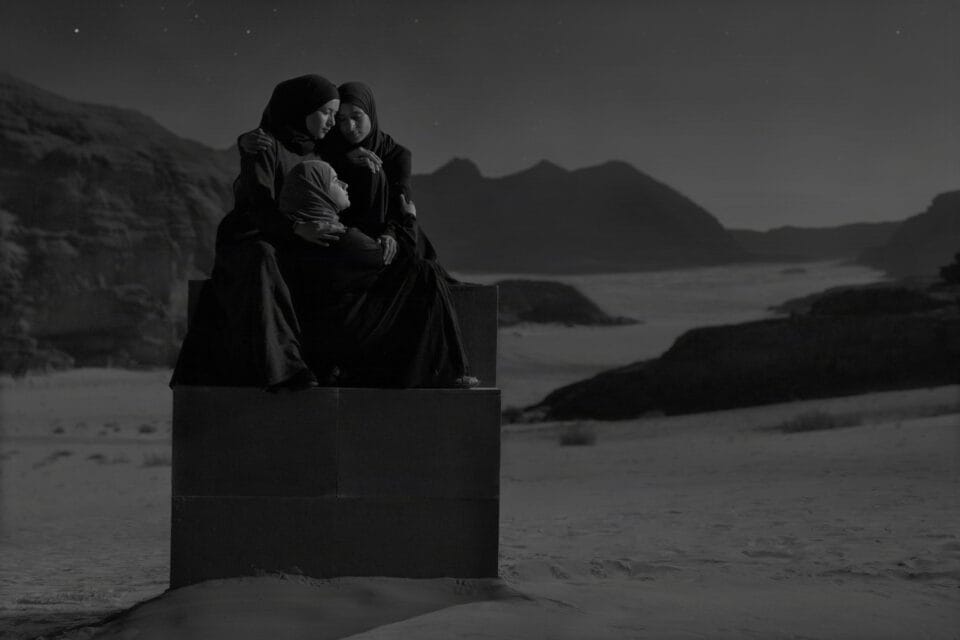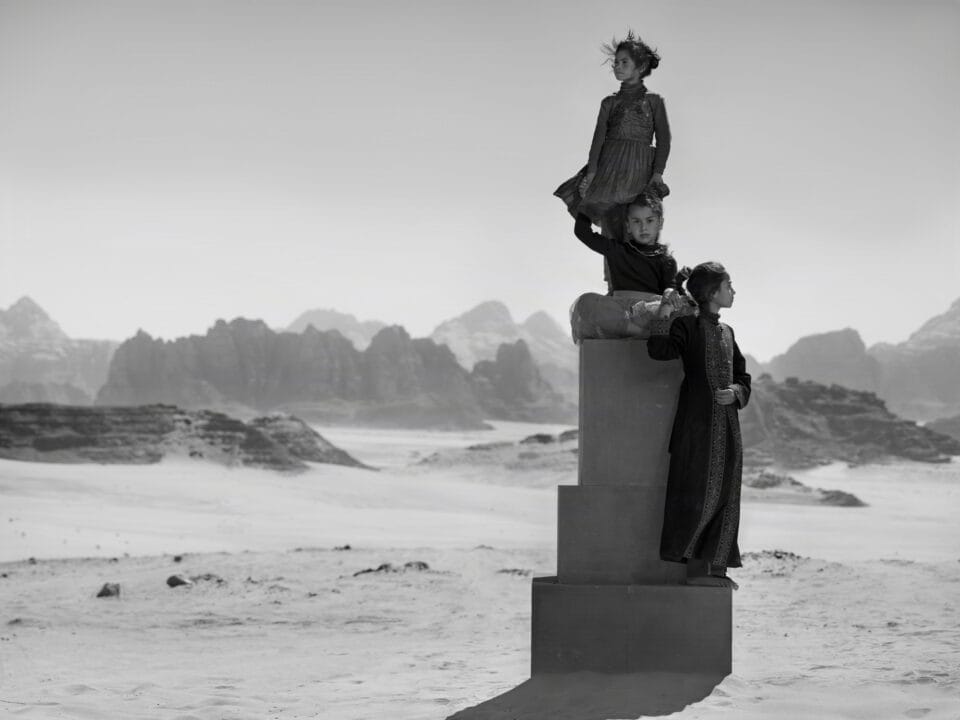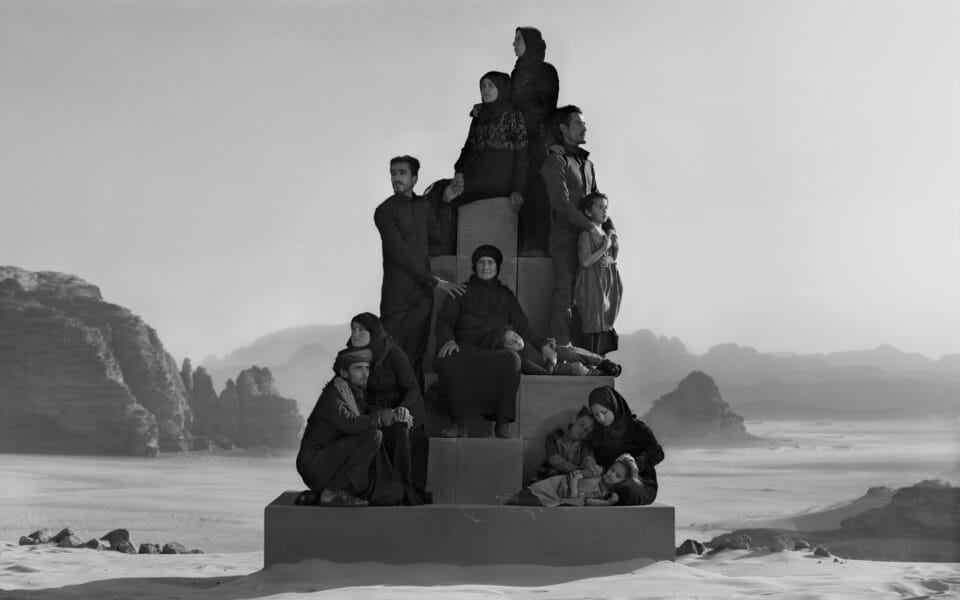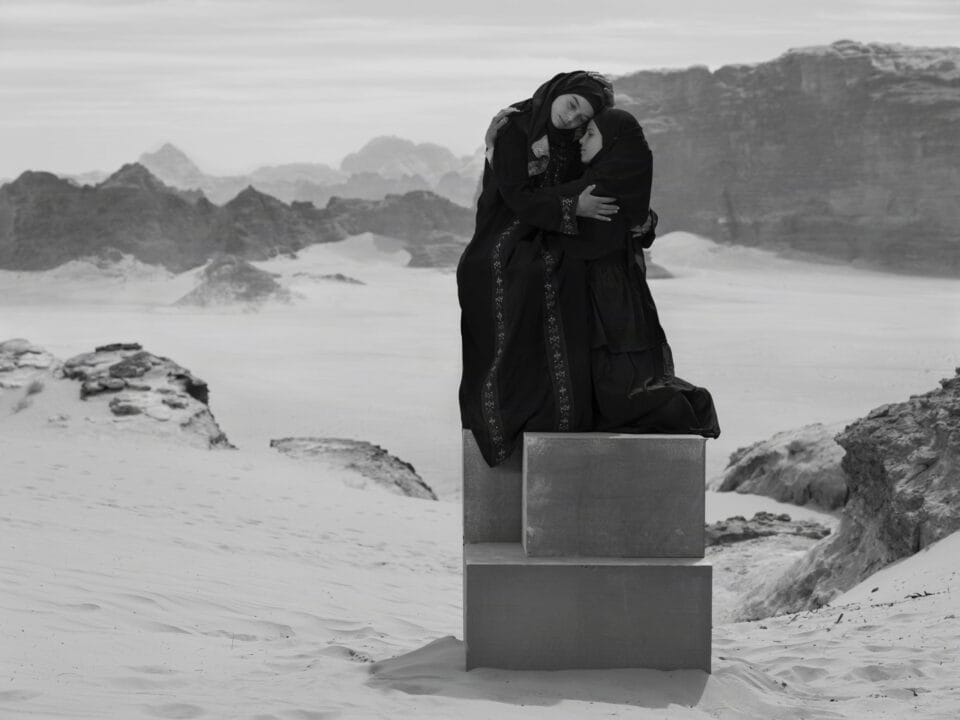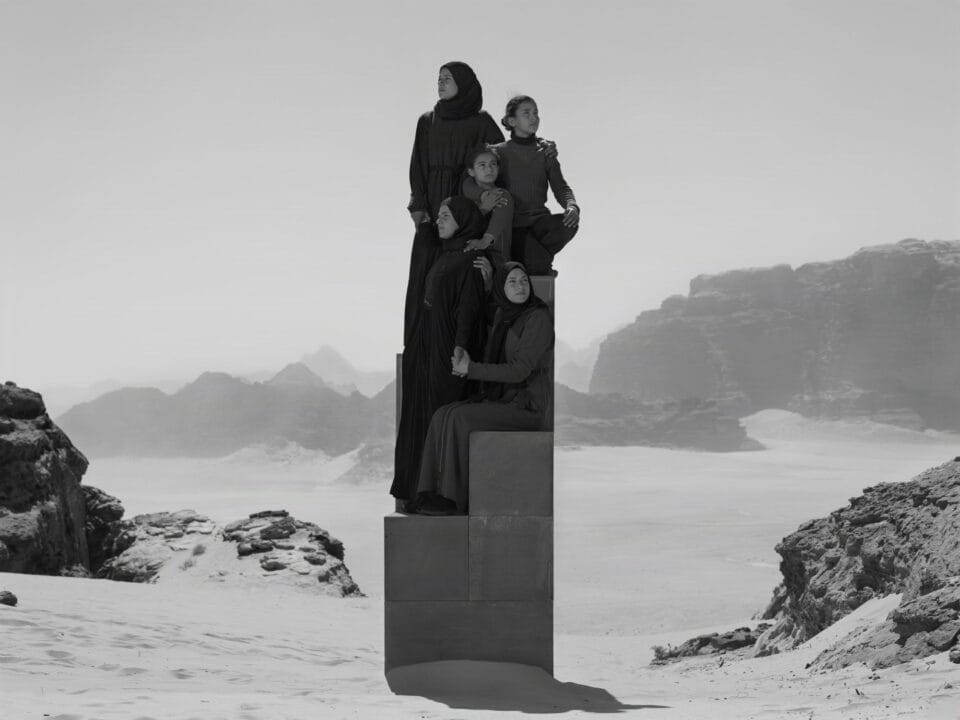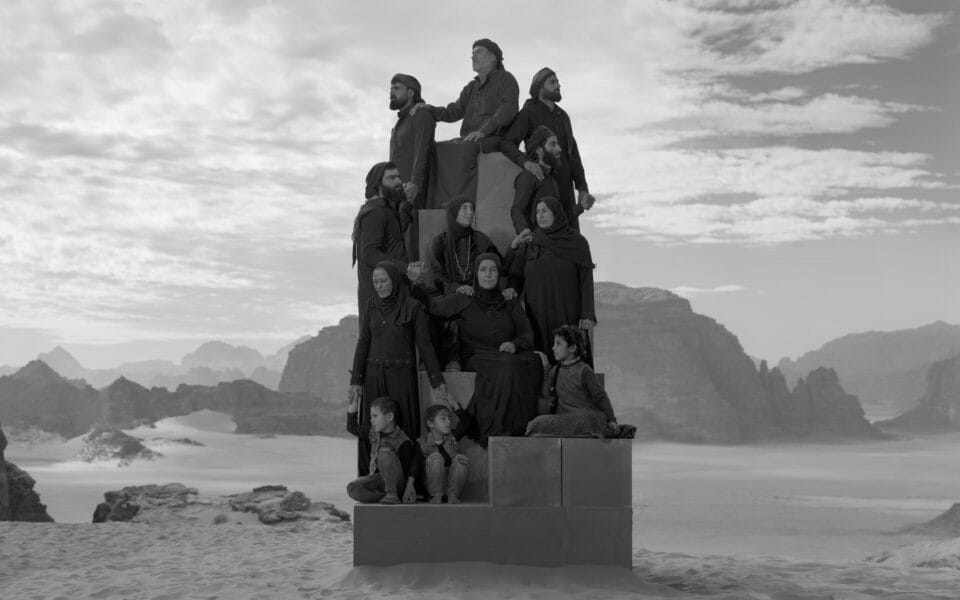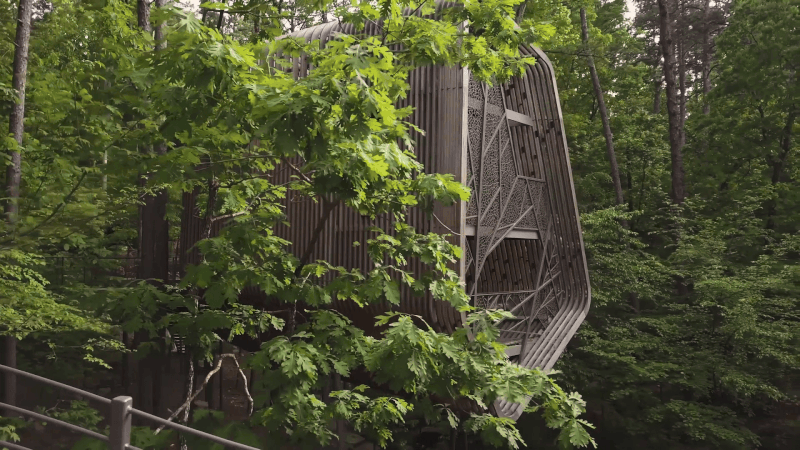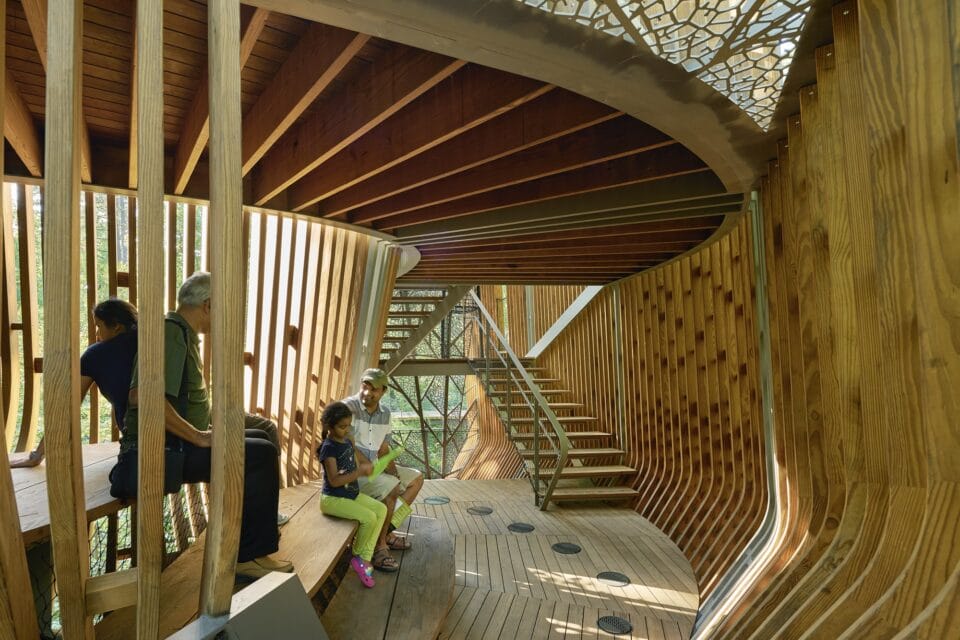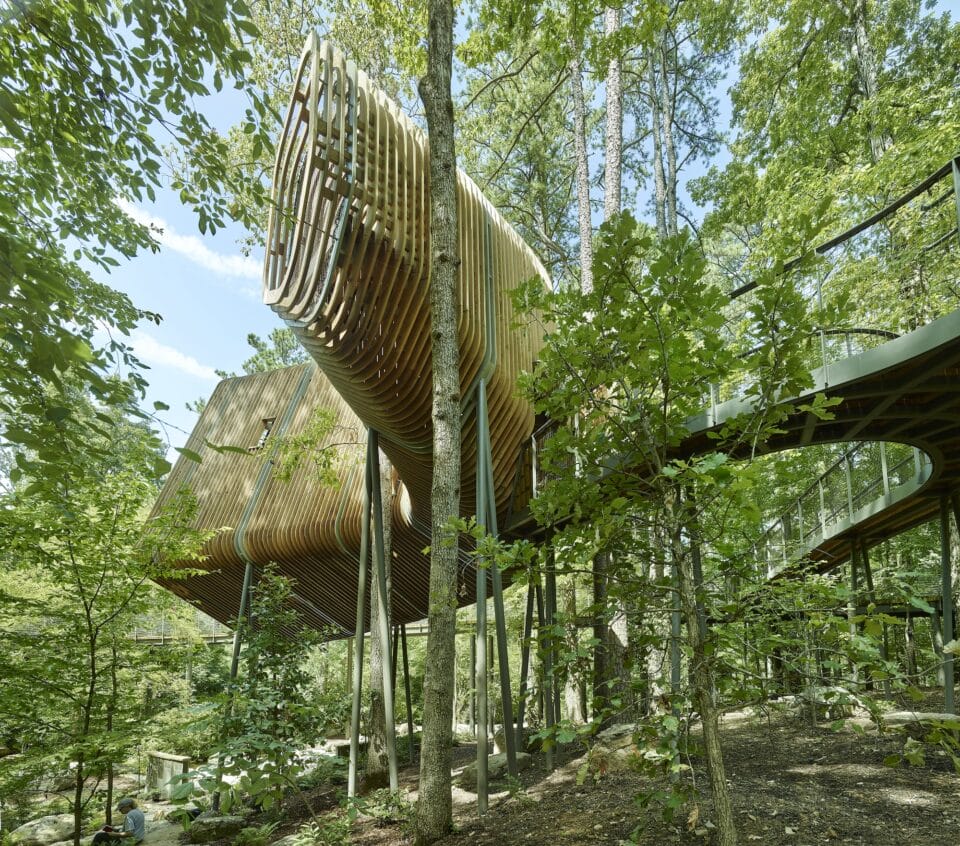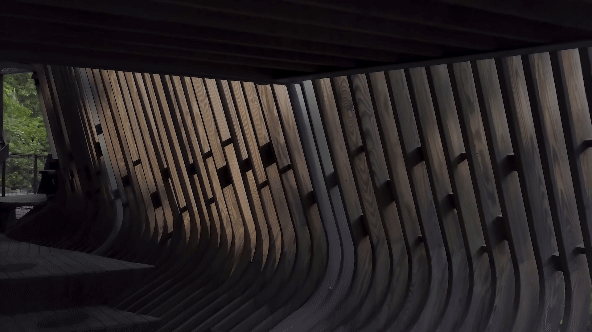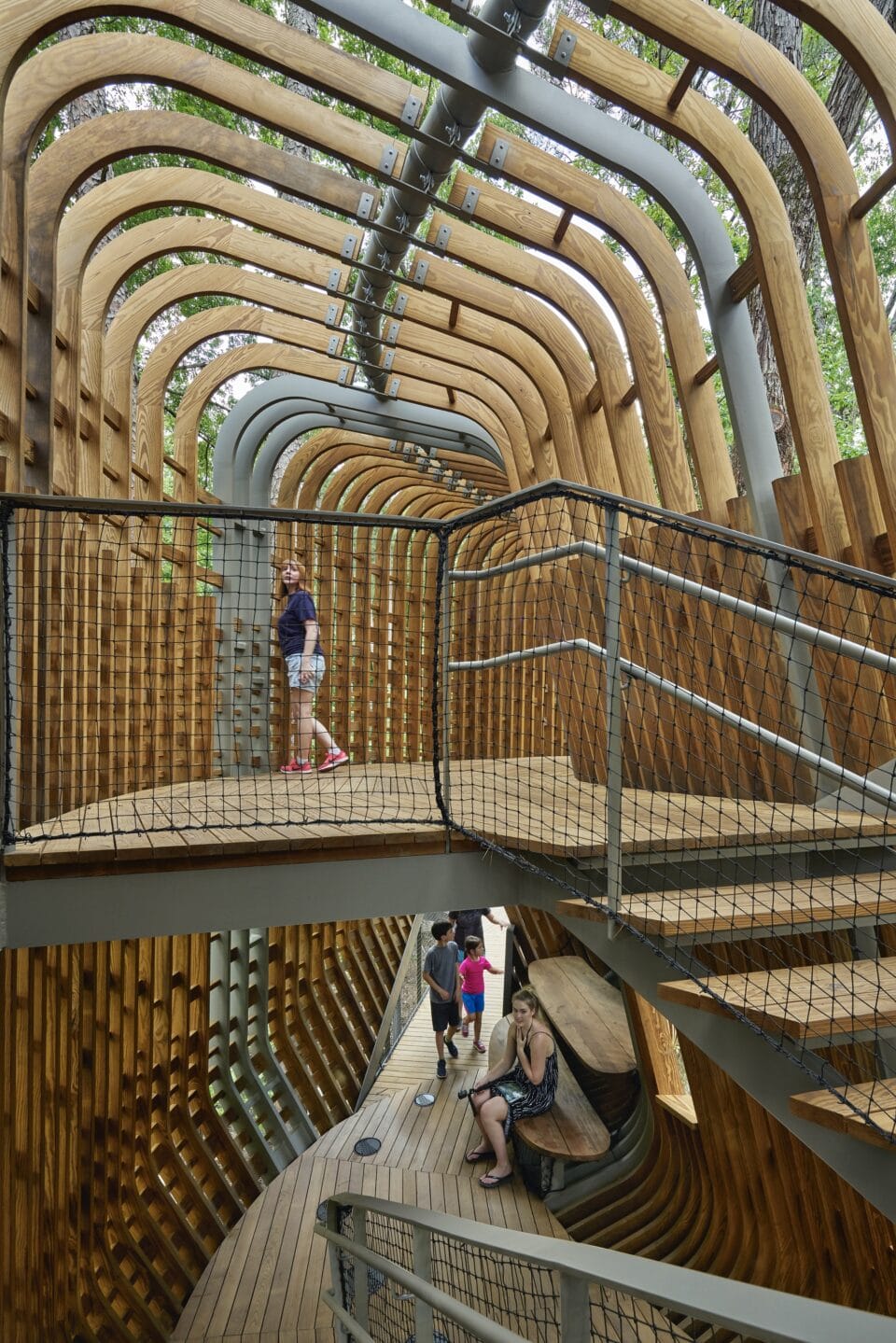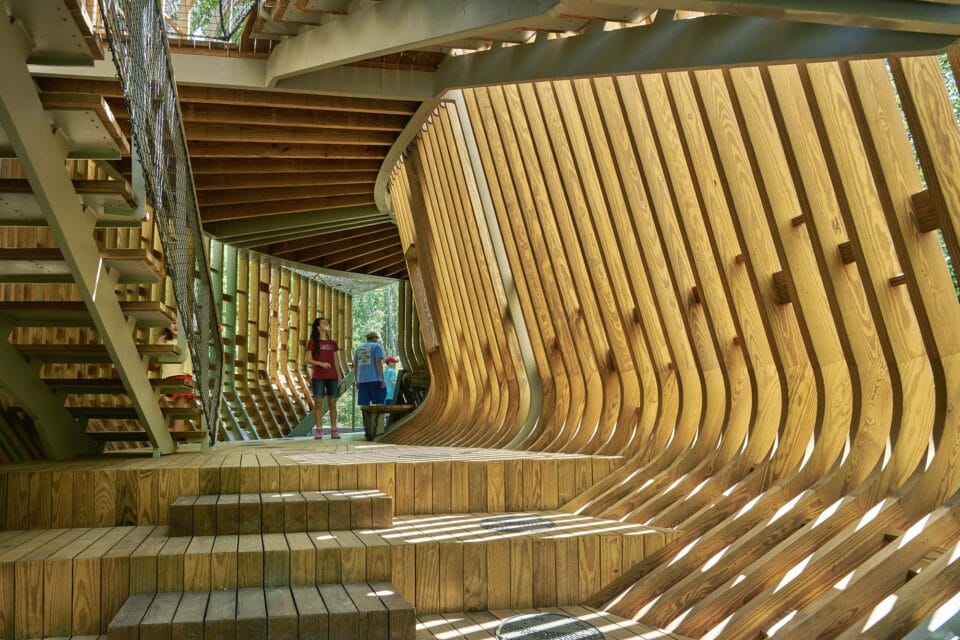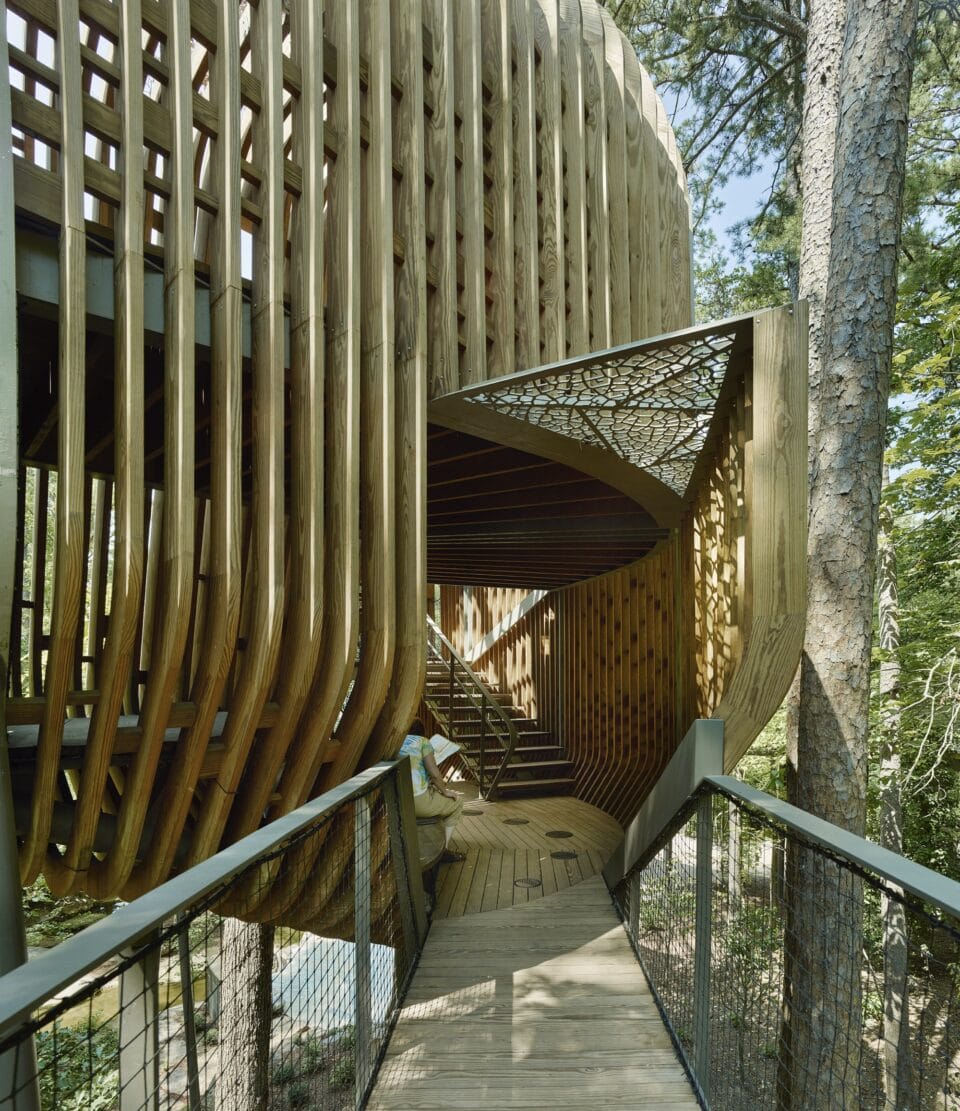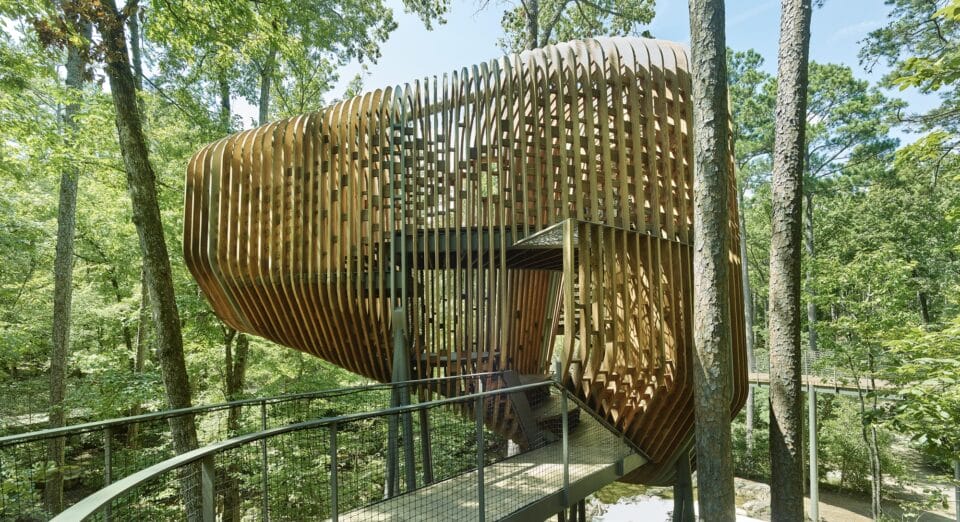
Cities are constantly in flux, but Keita Morimoto (previously) invites us to linger in their transitions a little longer. The artist renders corner stores, vending machines, and lampposts that illuminate spaces that might otherwise go unnoticed. Either unoccupied or inhabited by just one or two people, Morimoto’s scenes are dimly lit but not eerie and invoke the environments most of us engage with for just a moment.
“The anonymous, liminal spaces in my paintings echo the feeling of never fully belonging,” Morimoto says in a statement. “I’m drawn to the way emotions can transform a familiar setting into something entirely different, revealing deeper truths about the human experience.”
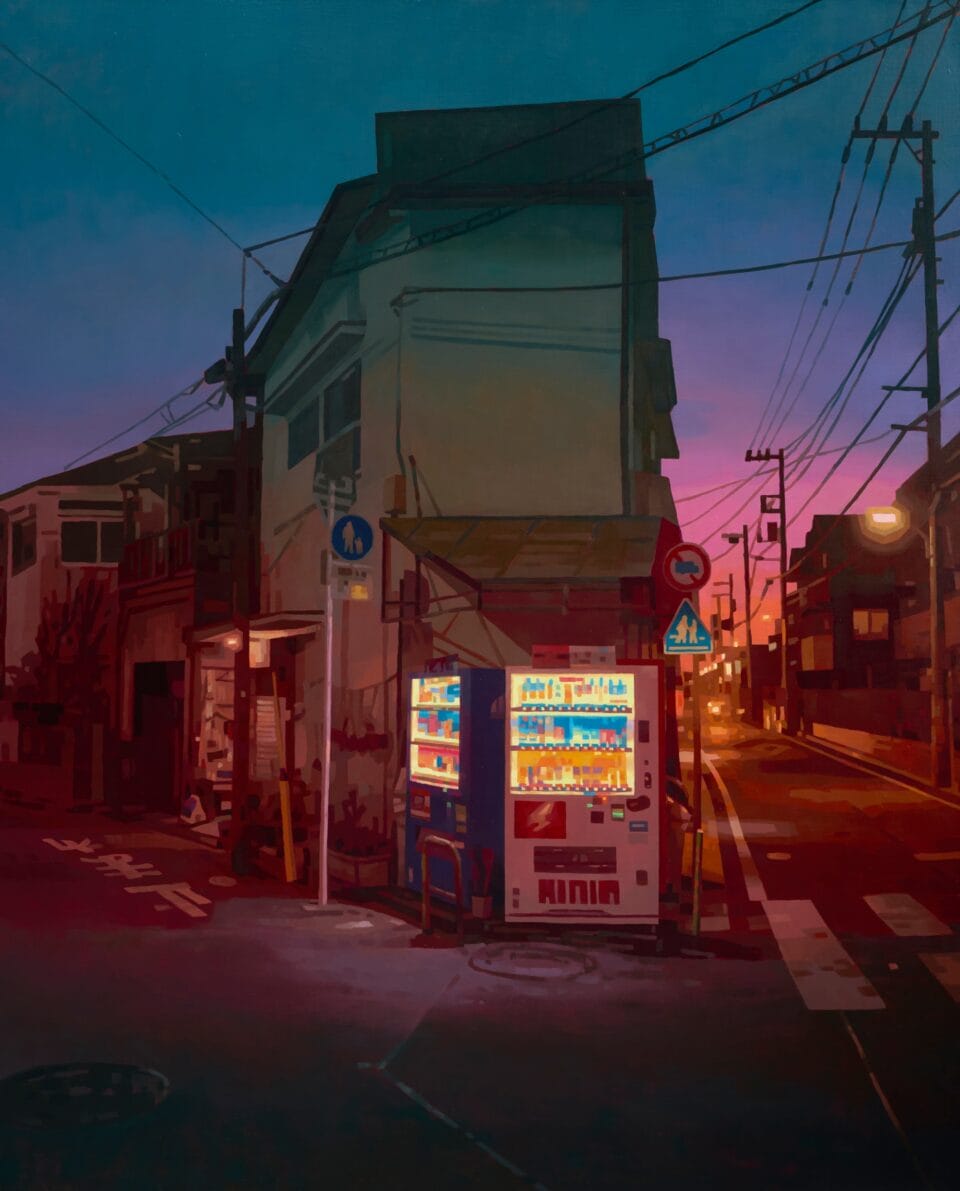
In a new body of work titled To Nowhere and Back, the artist continues his explorations into the interplay of light and shadow. Drawing on the sights of New York City and Tokyo, he considers how we find connection in a world that’s constantly changing. He shares:
My work reflects a lifetime of navigating conflict, loneliness, and the desire to escape within urban environments. When I moved from Osaka to Canada at 16, I experienced a profound sense of isolation, as though severed from everything familiar. Over time, some connections emerged, but it was always accompanied by subtle discomfort. Returning to Japan in 2021 brought a similar disorientation—moments when even my birthplace felt unfamiliar, as if reality itself had shifted.
Rather than translate streets he’s wandered down directly onto the canvas, Morimoto paints with a cinematic quality. This pulls the viewer from the familiar and makes even the most ordinary sidewalk appear intriguing. Zeroing in on light sources further supports this vision, and artificial bulbs become beacons amid scenes shrouded in darkness. The artist considers how these machines create “a robotic harmony in Japanese urban life” and paints them as characters in their own right.
To Nowhere and Back runs from March 14 to April 26 at Almine Rech in Tribeca. Find more from Morimoto on Instagram.
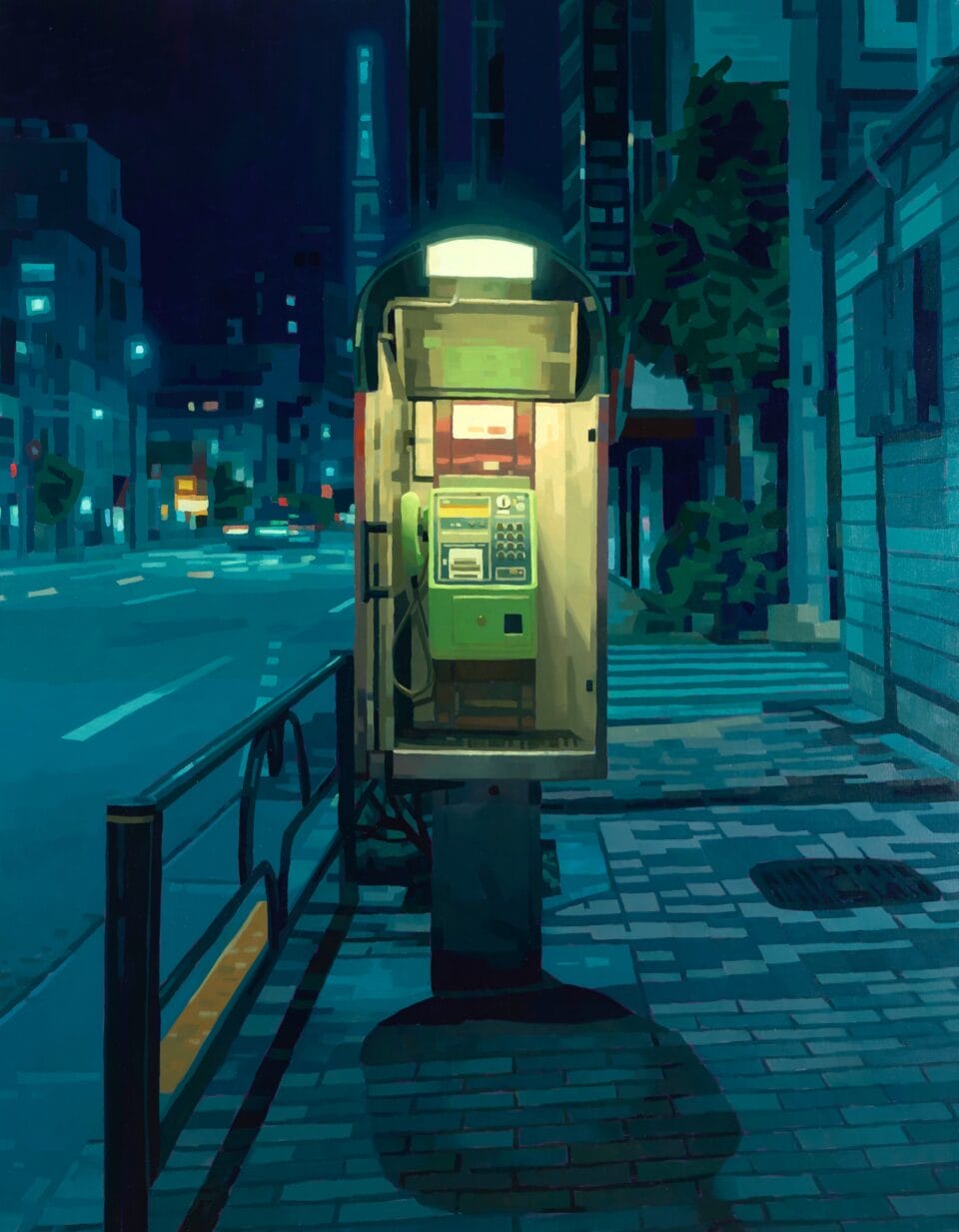
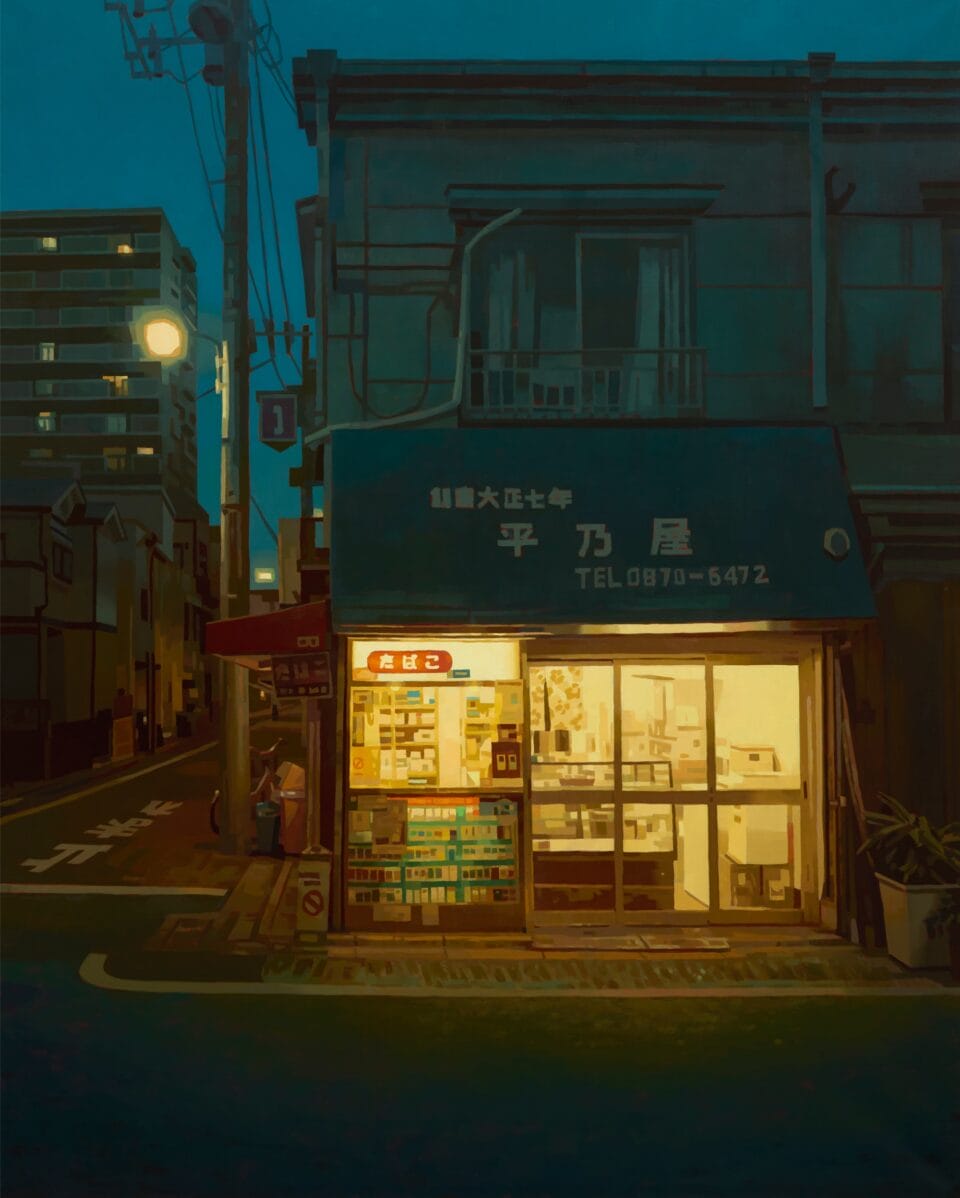
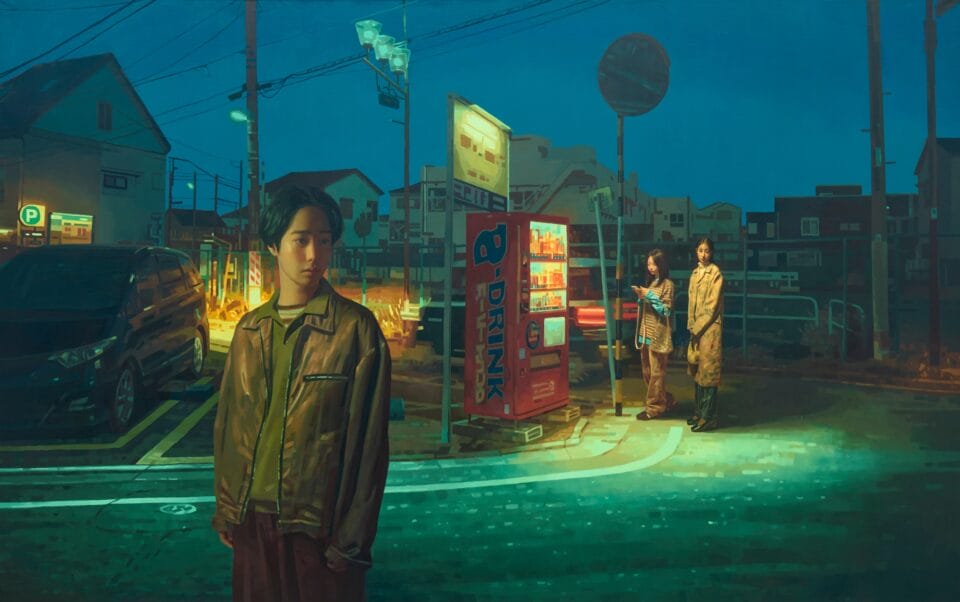
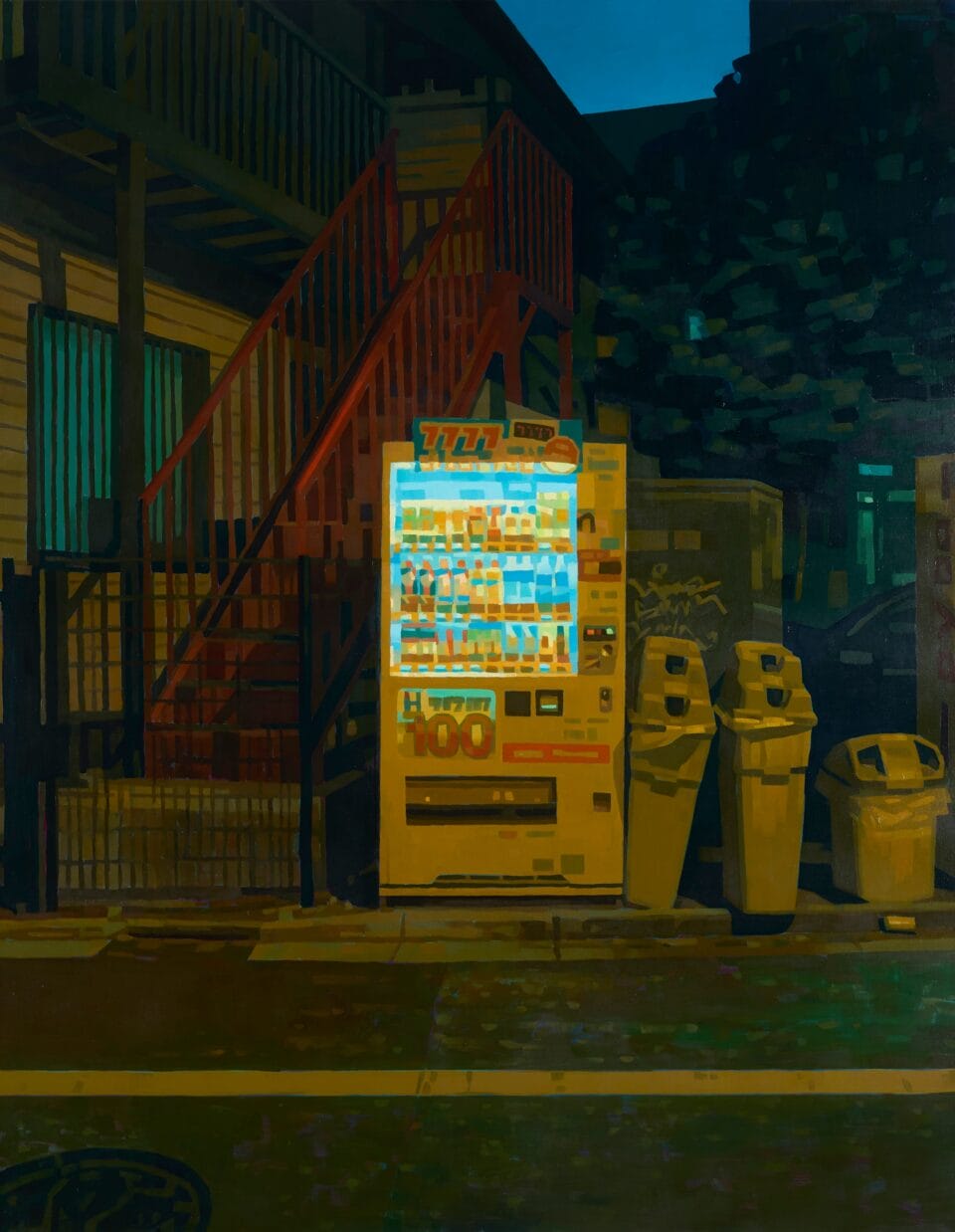
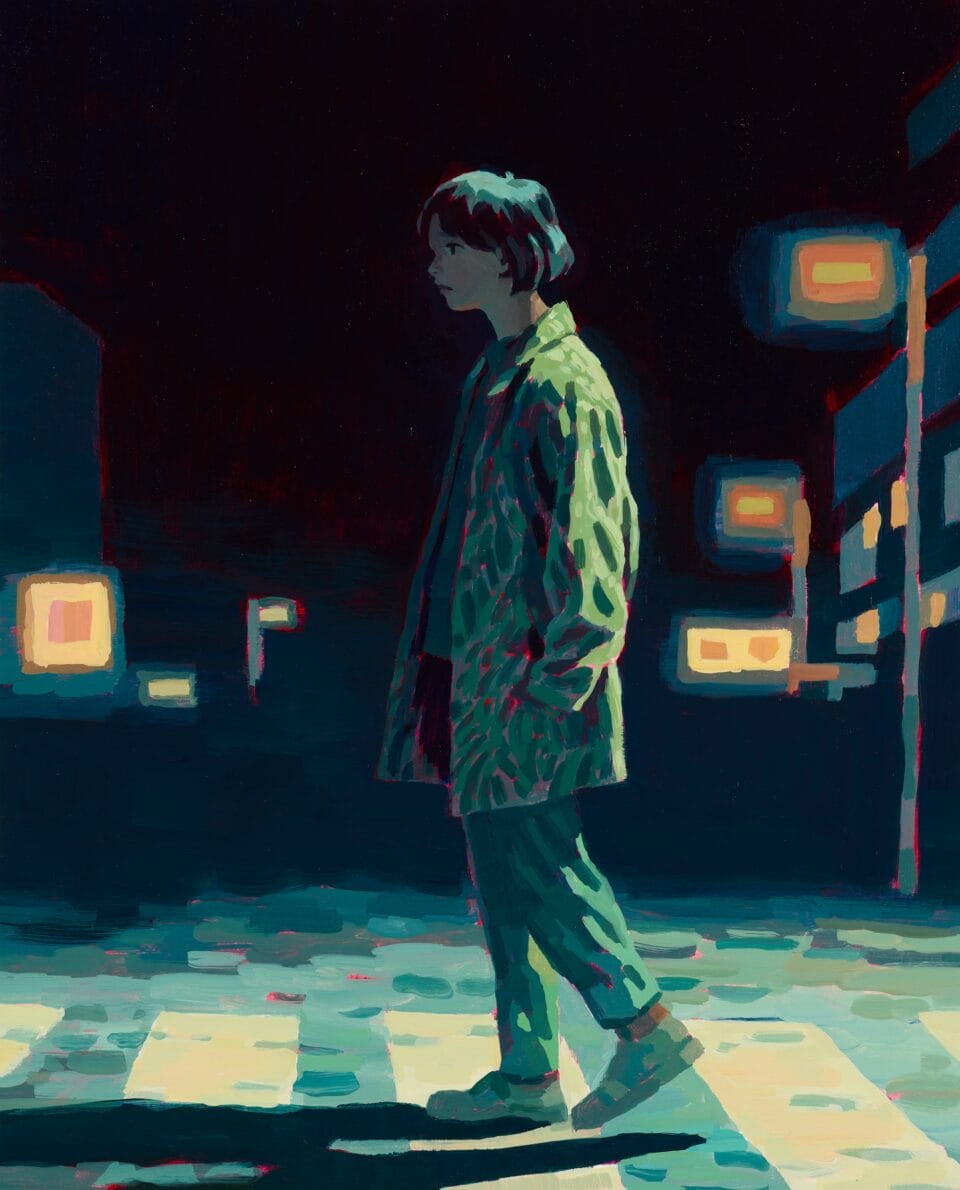
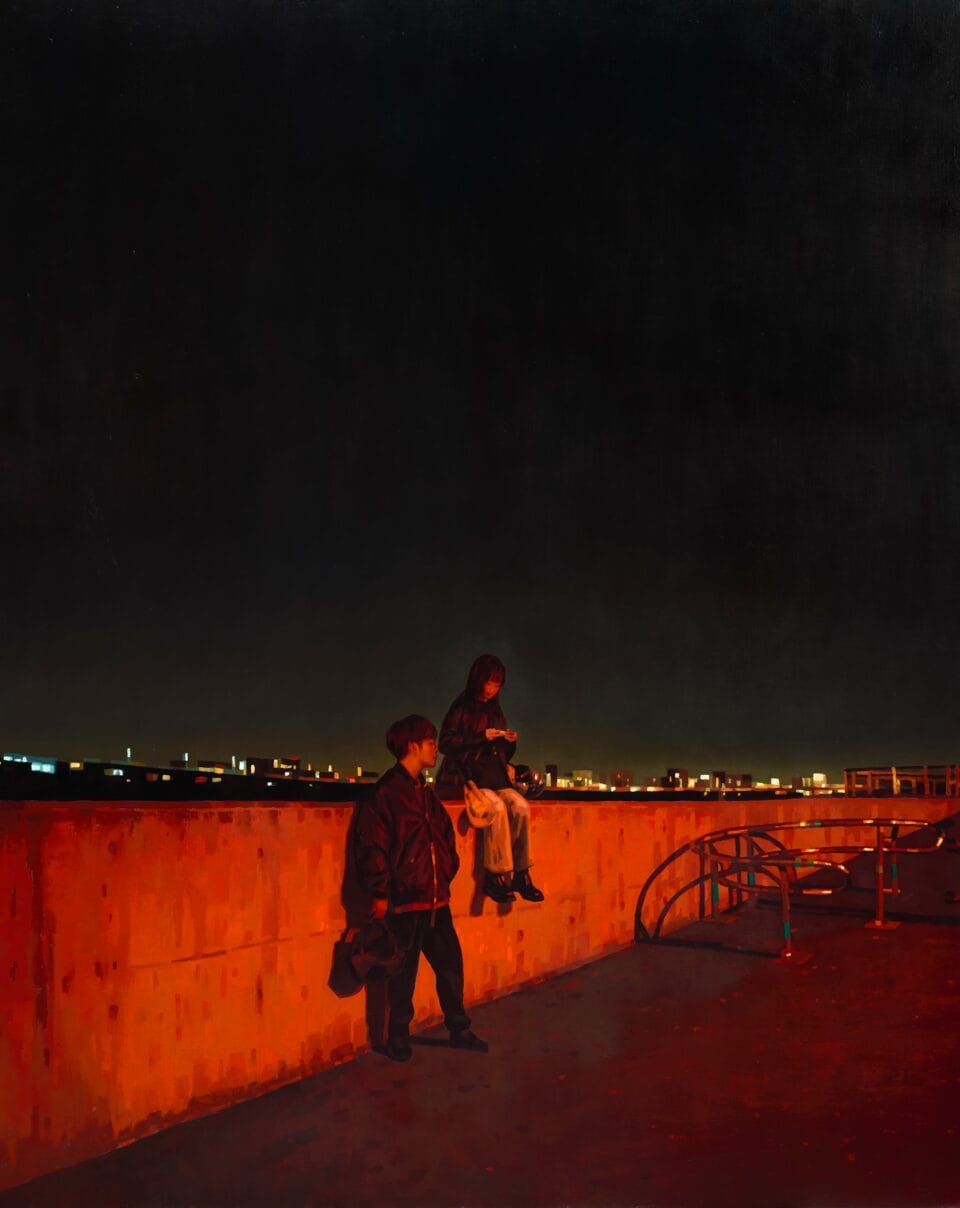
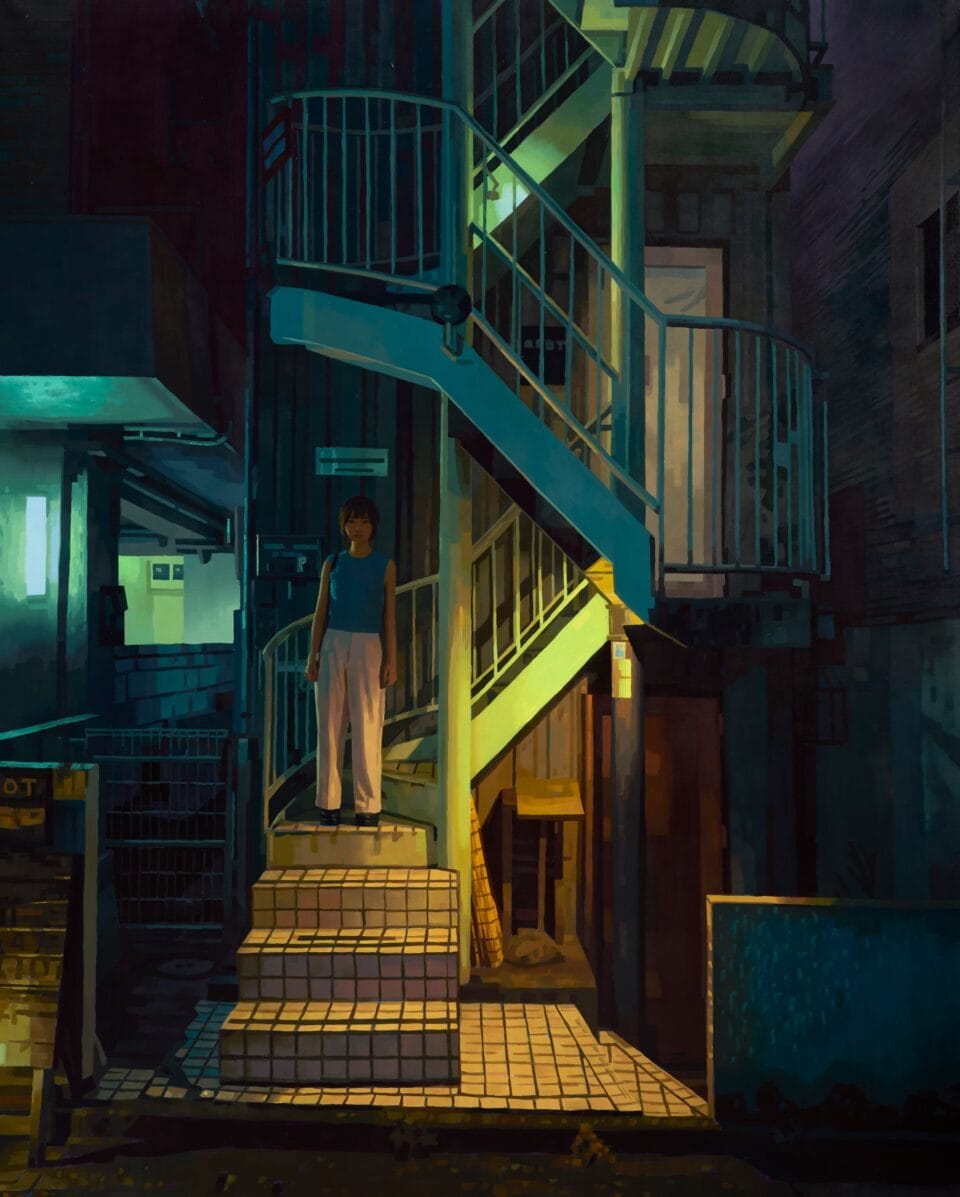
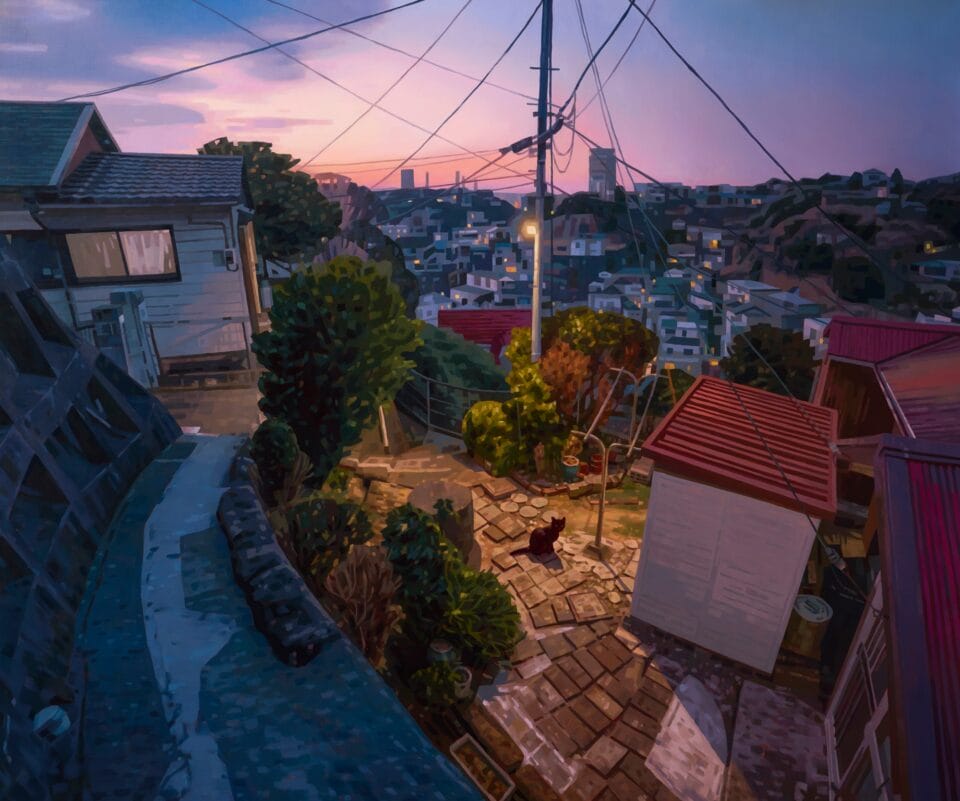

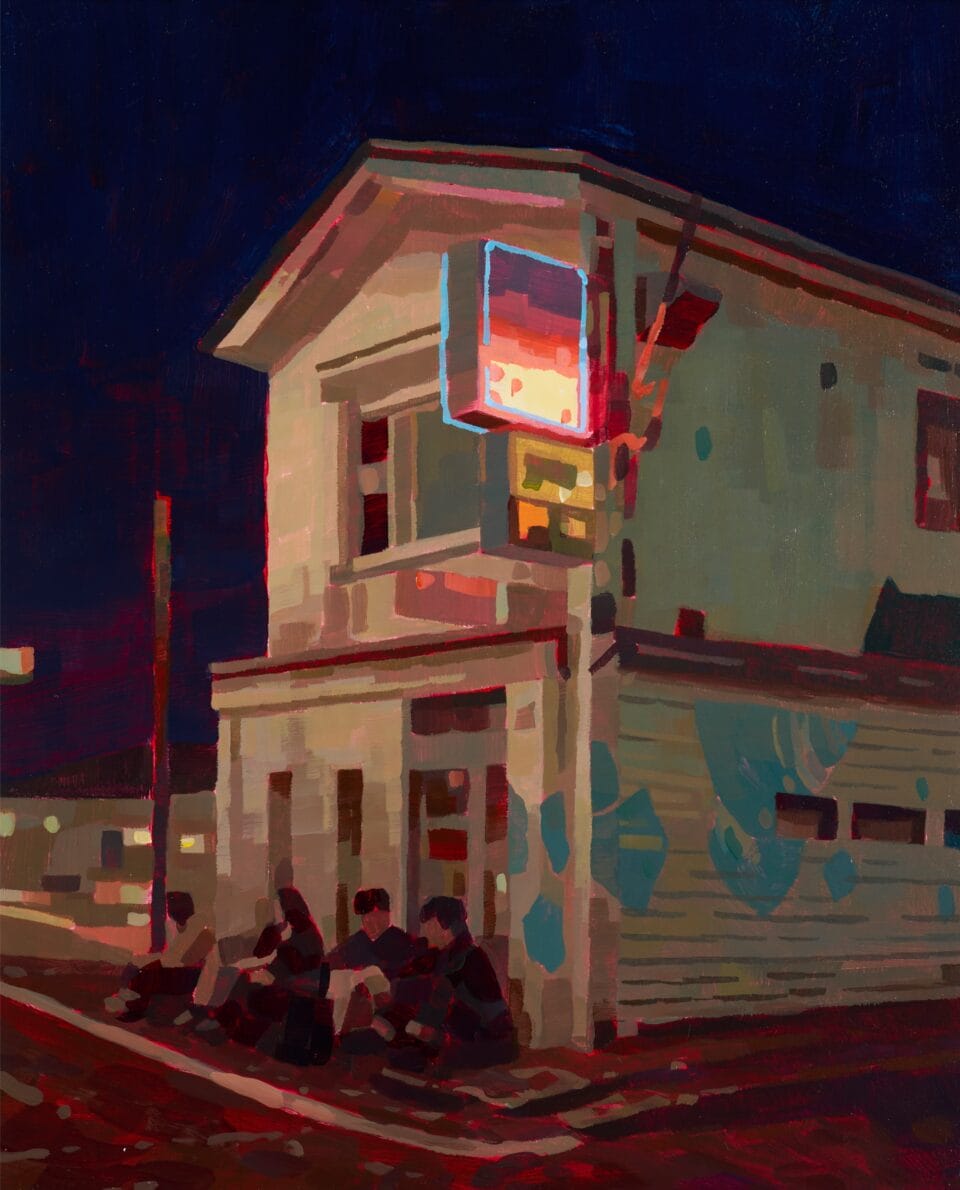
Do stories and artists like this matter to you? Become a Colossal Member today and support independent arts publishing for as little as $7 per month. The article Keita Morimoto Lingers in the Artificial Light of Urban Nights appeared first on Colossal.

